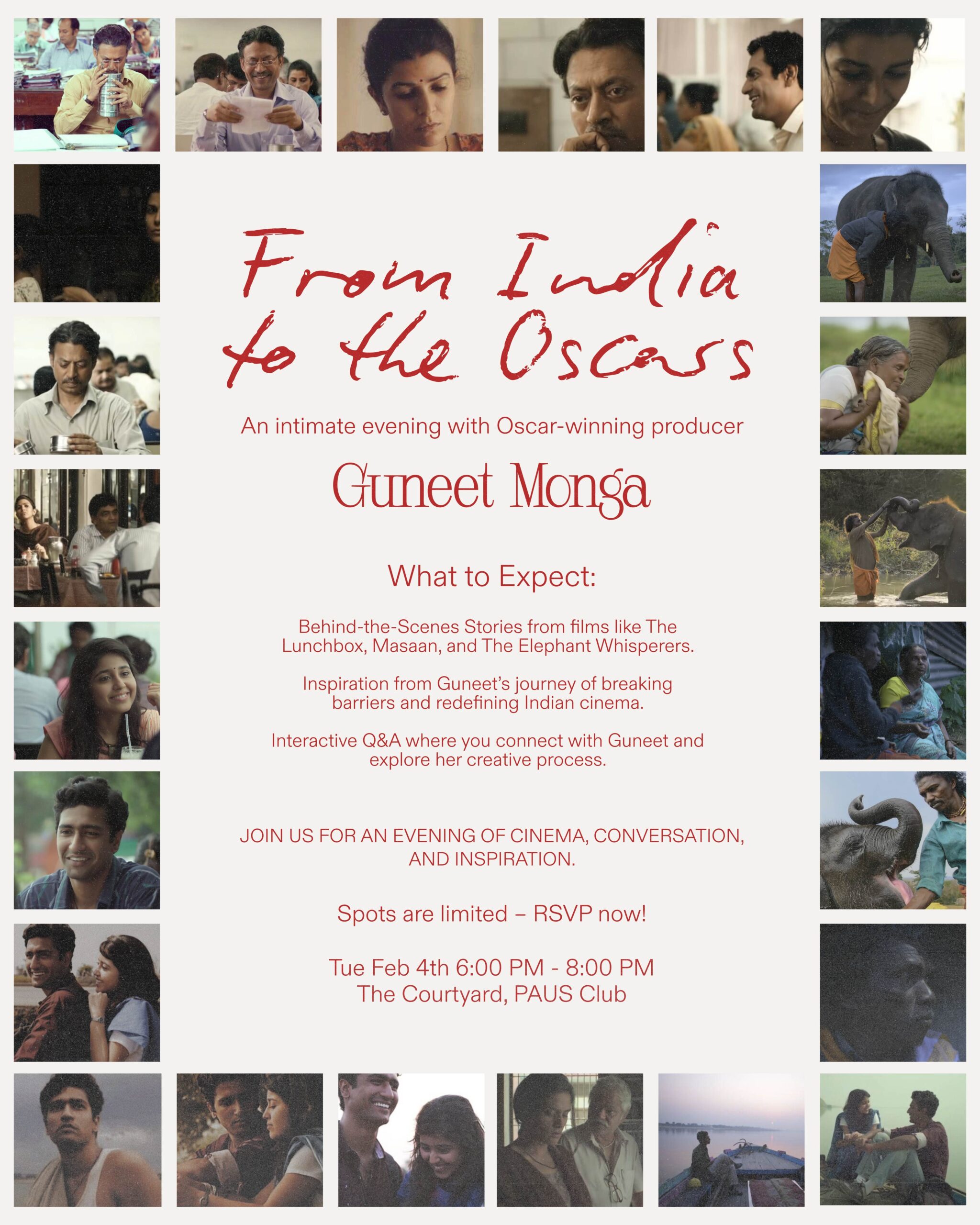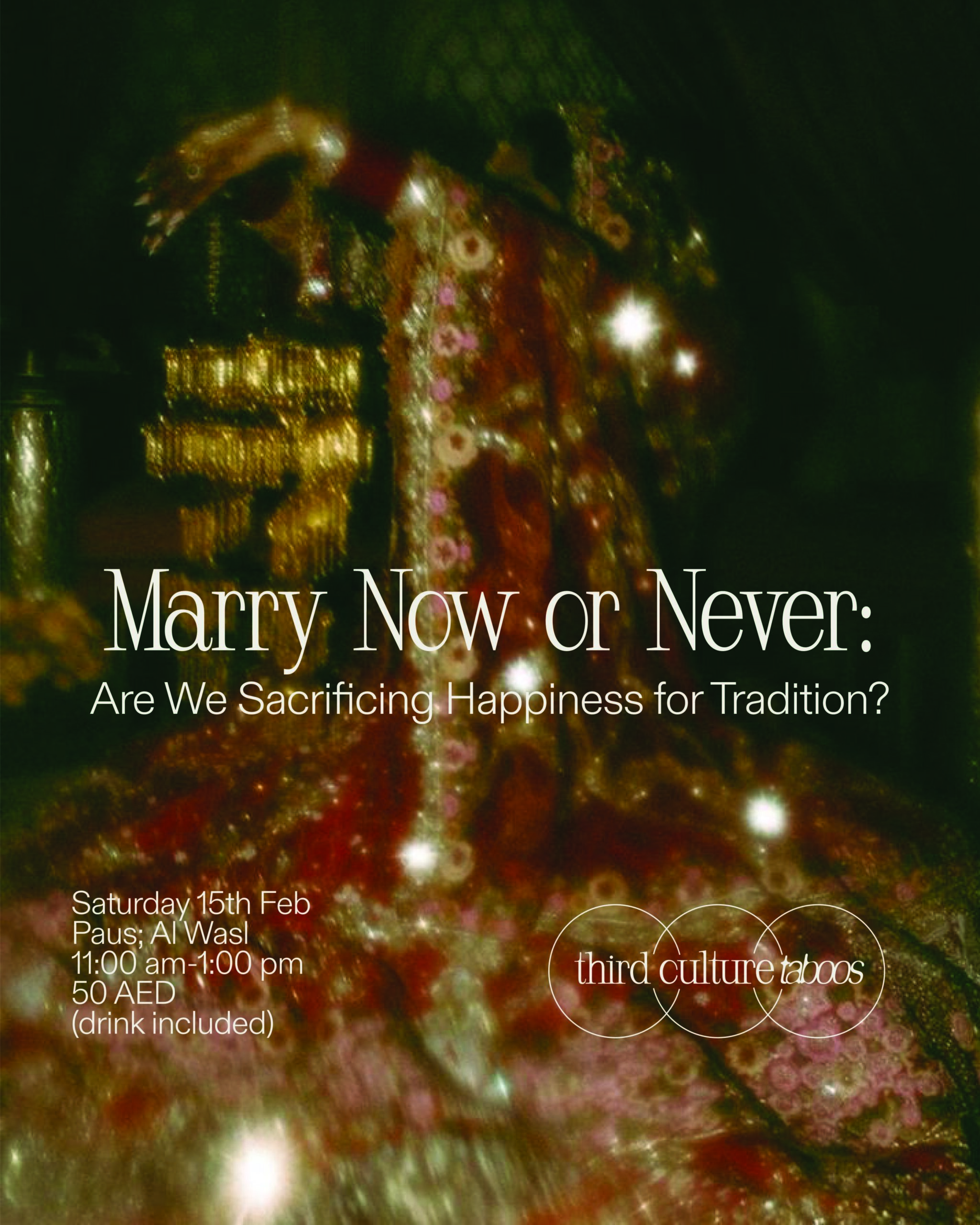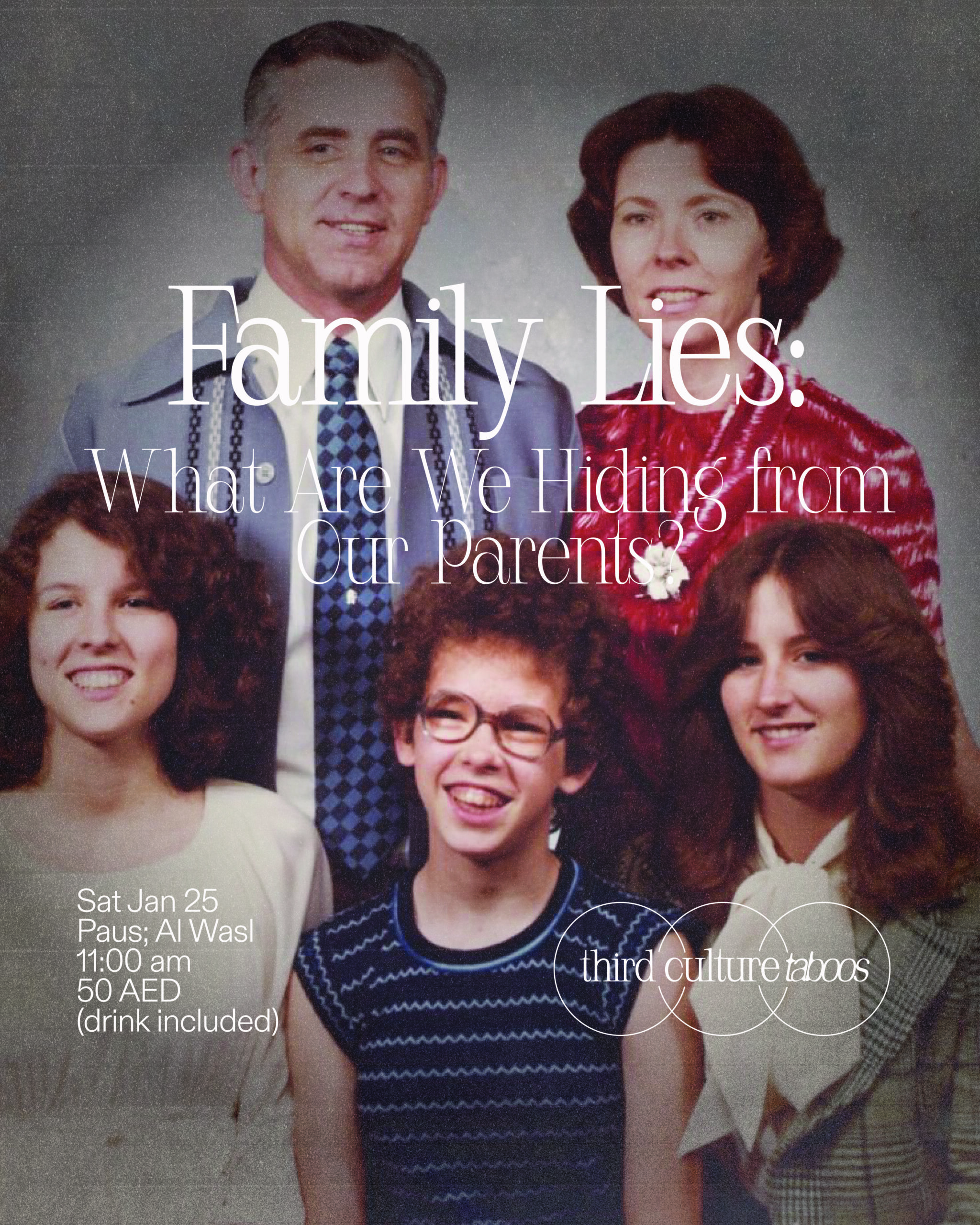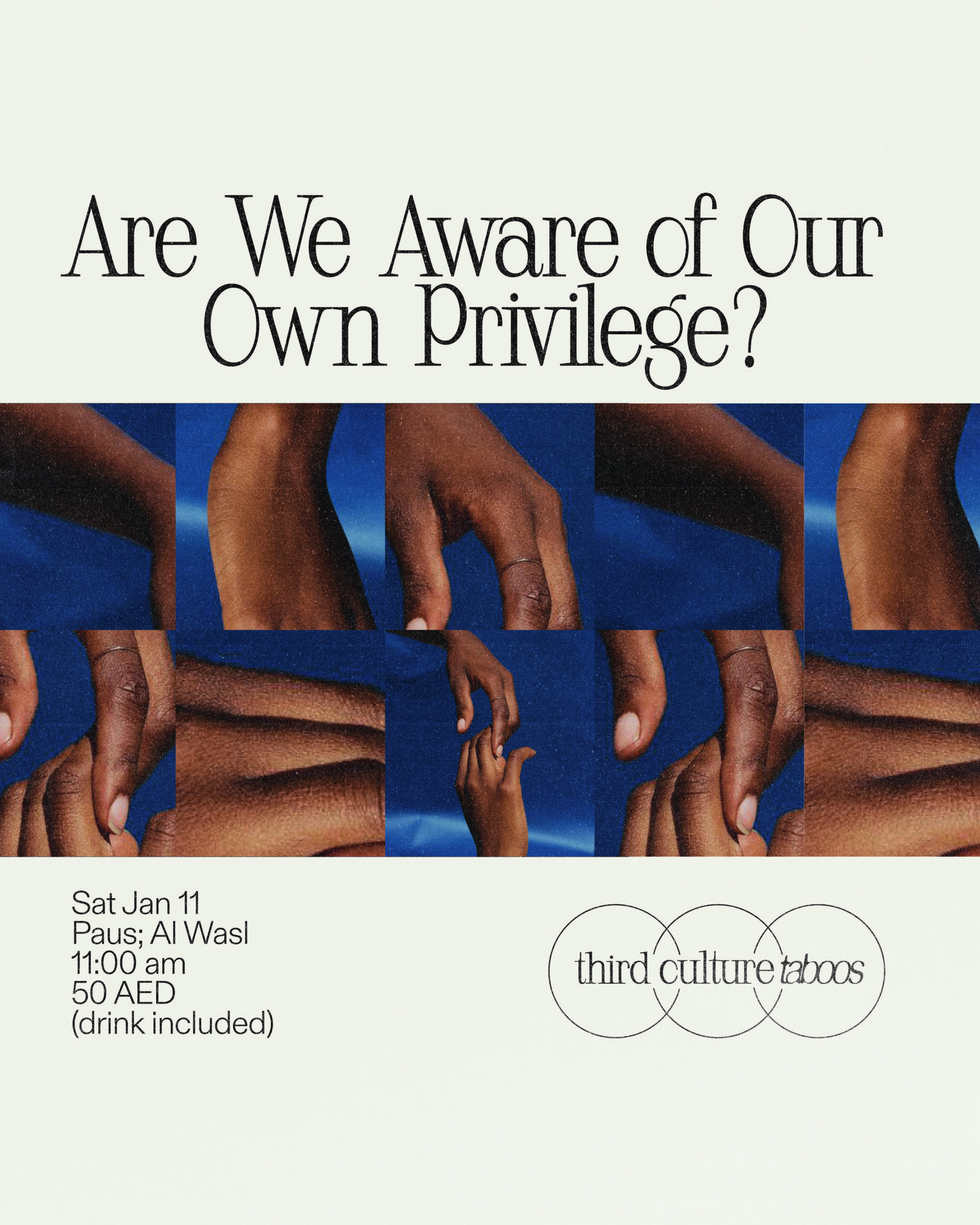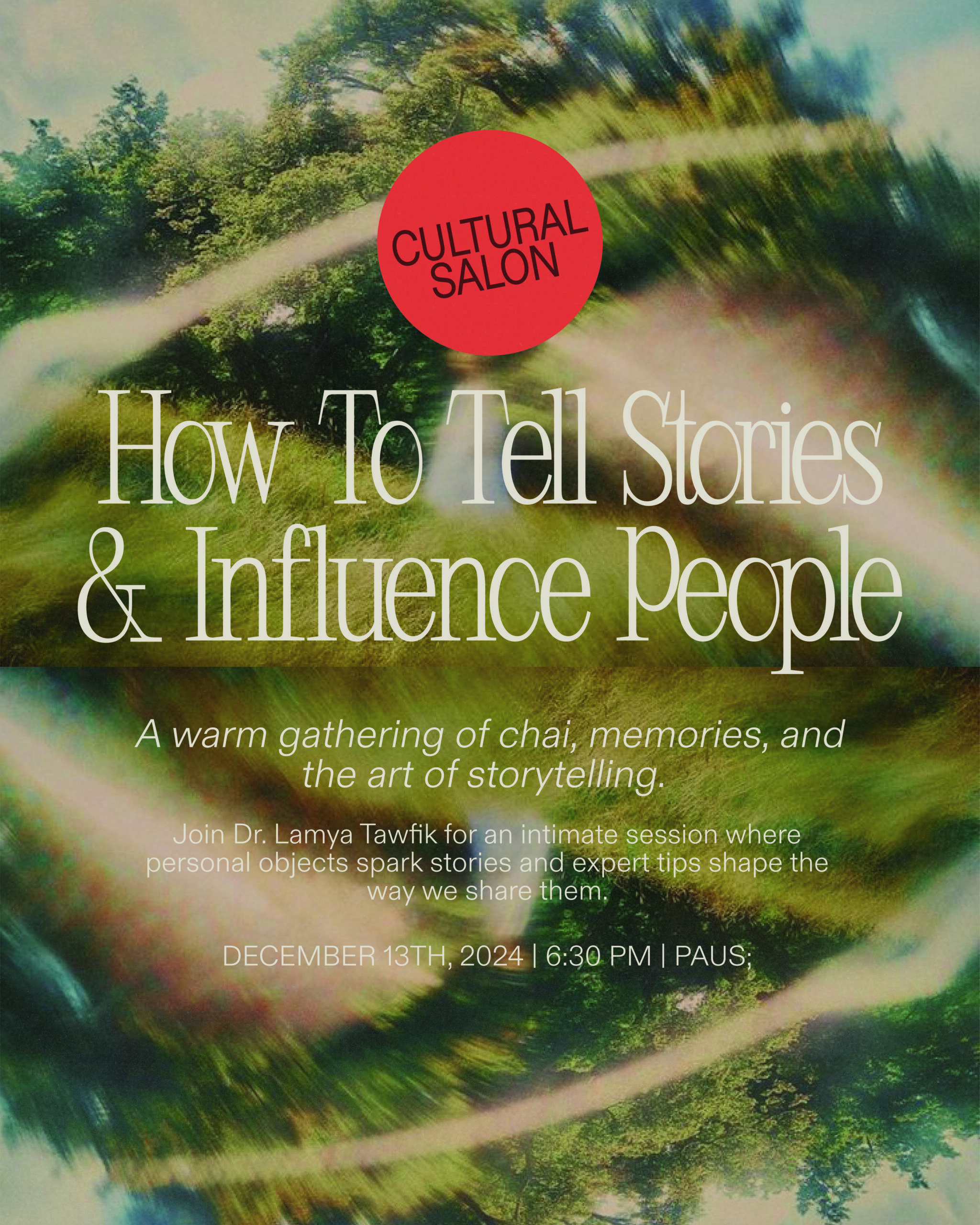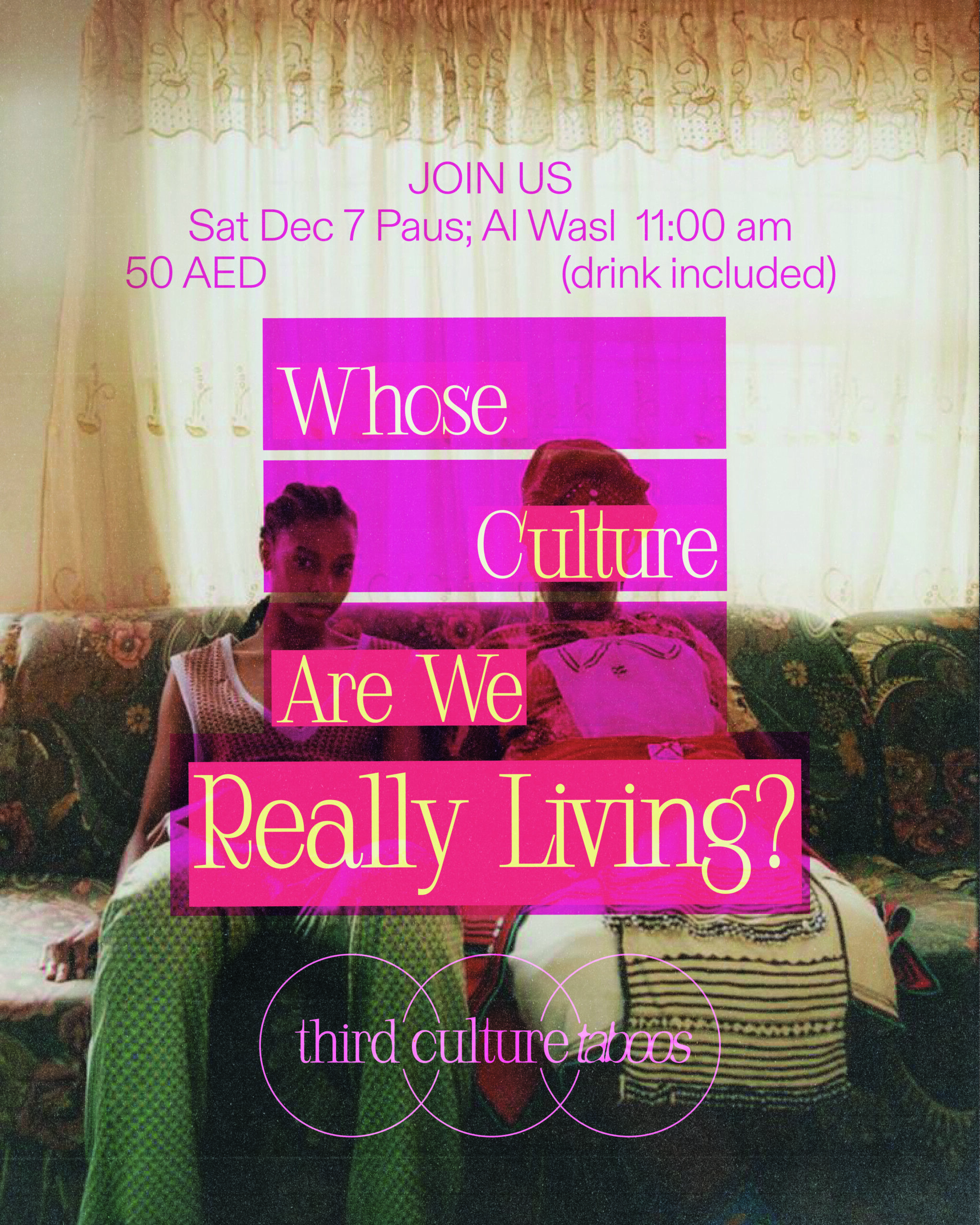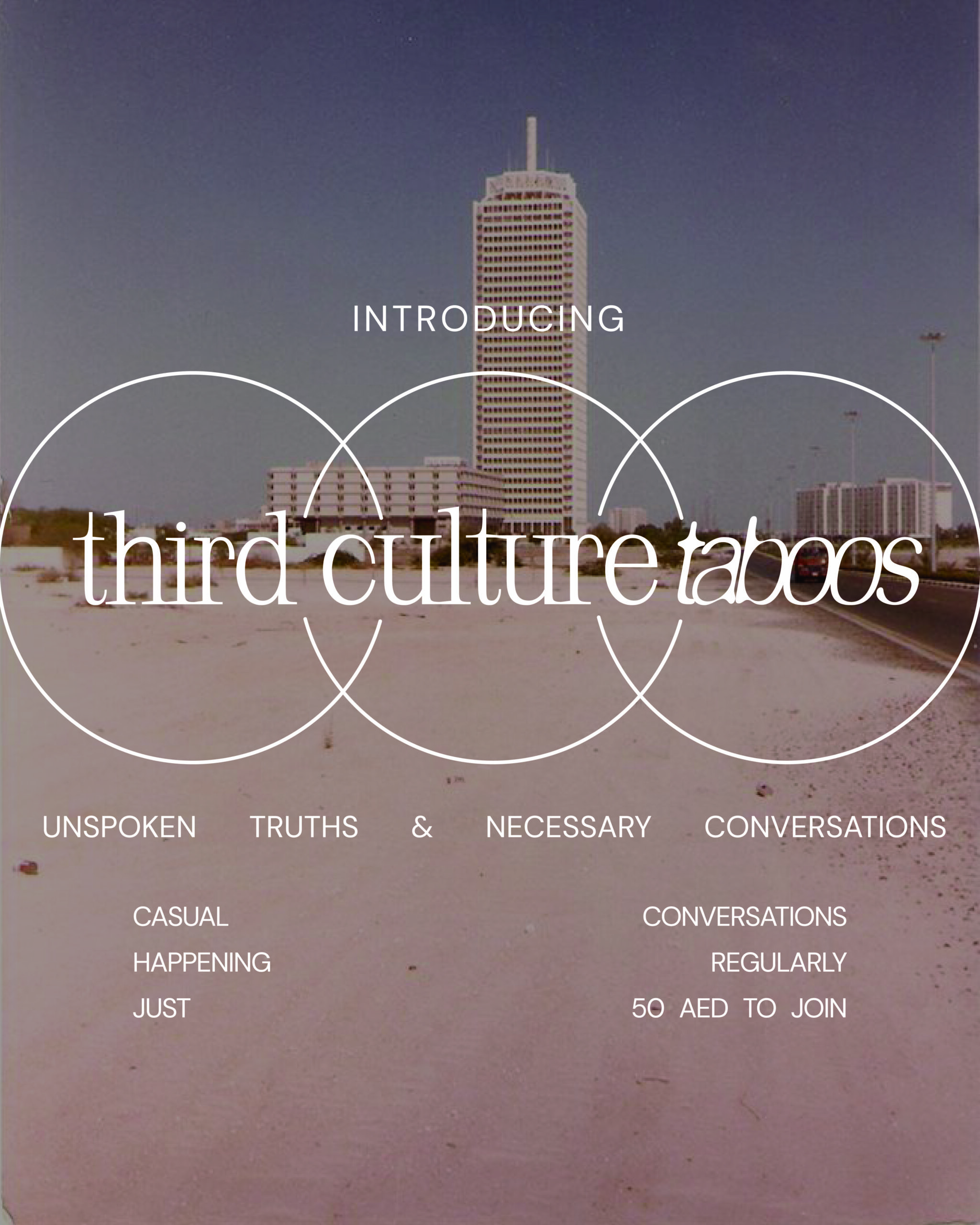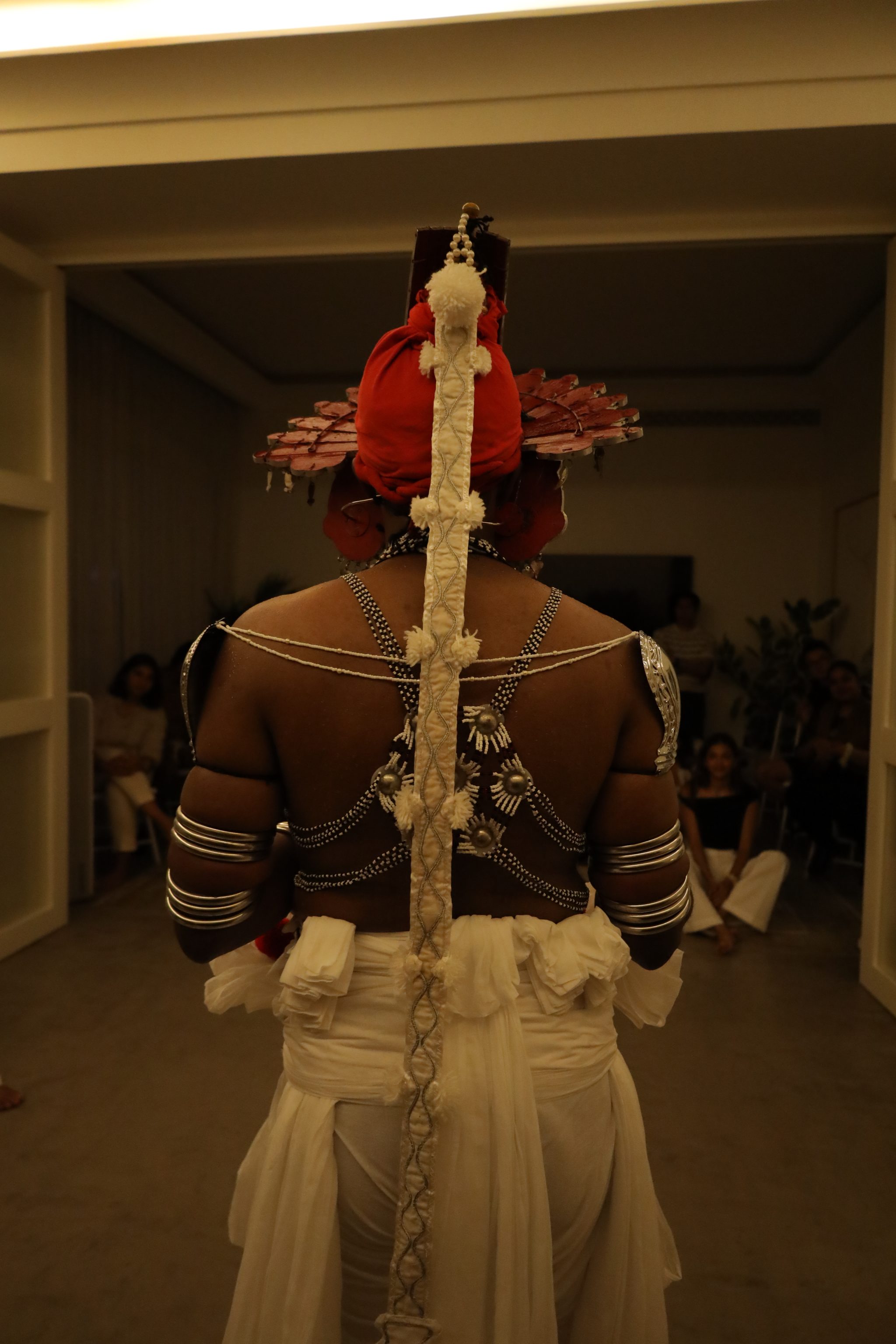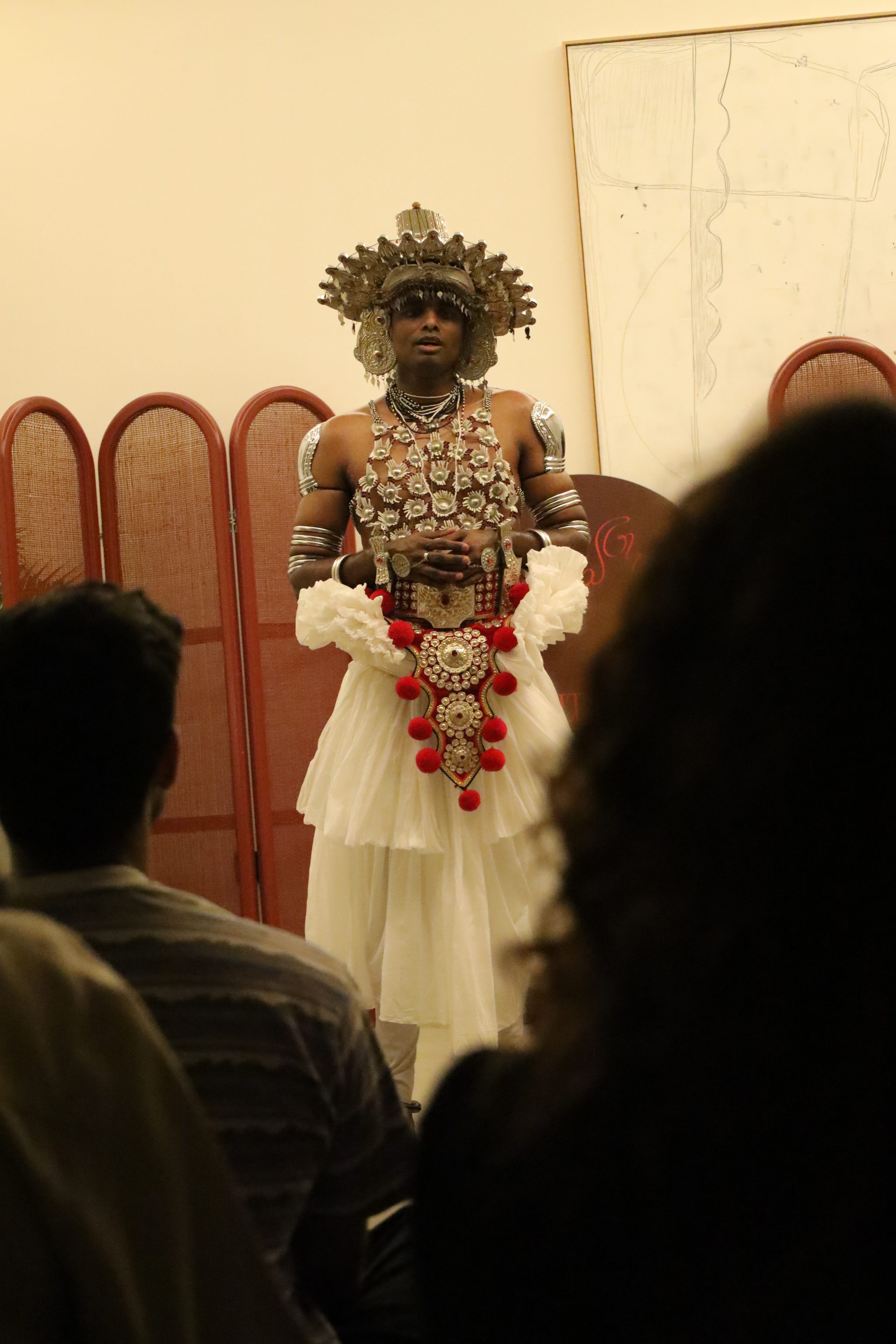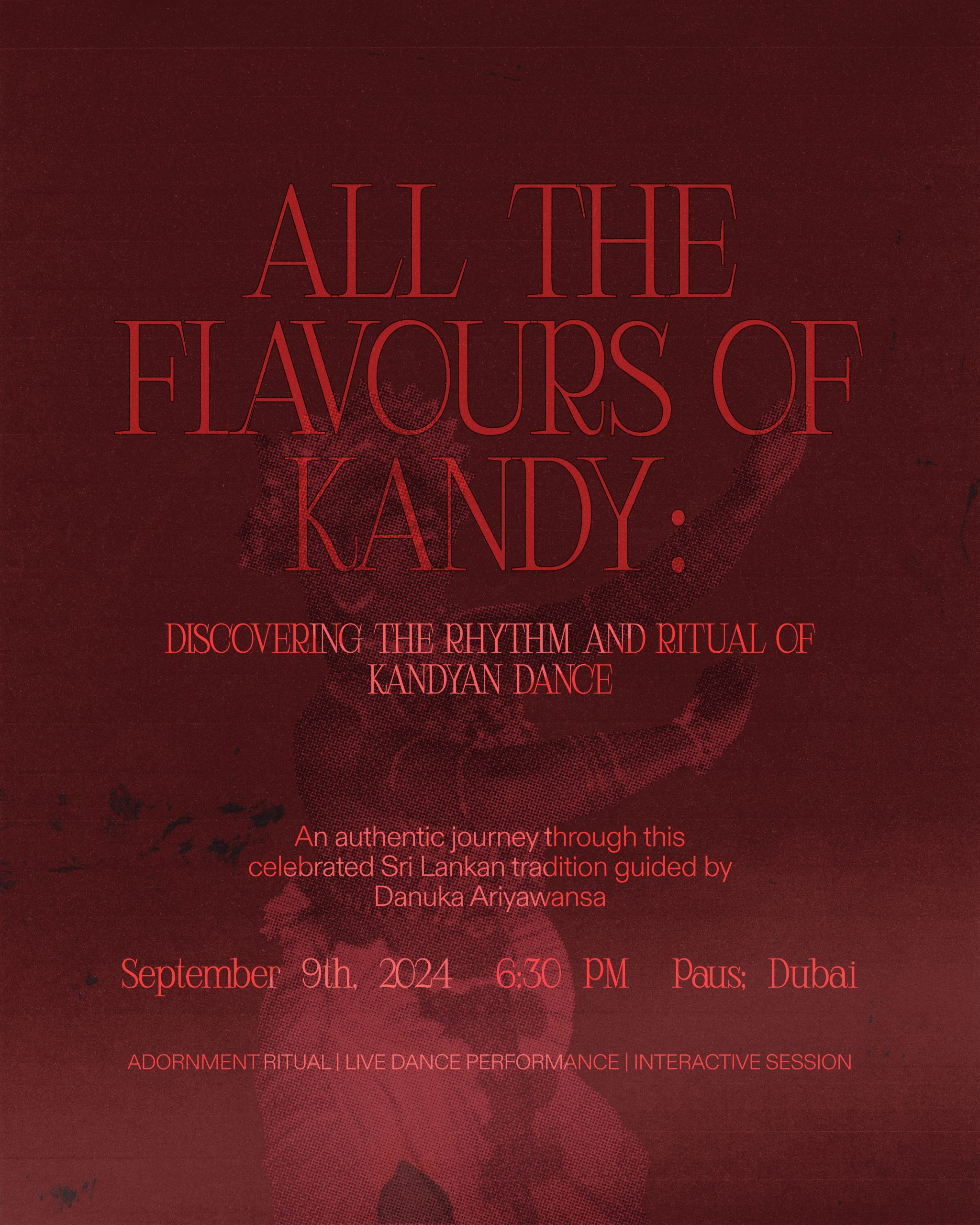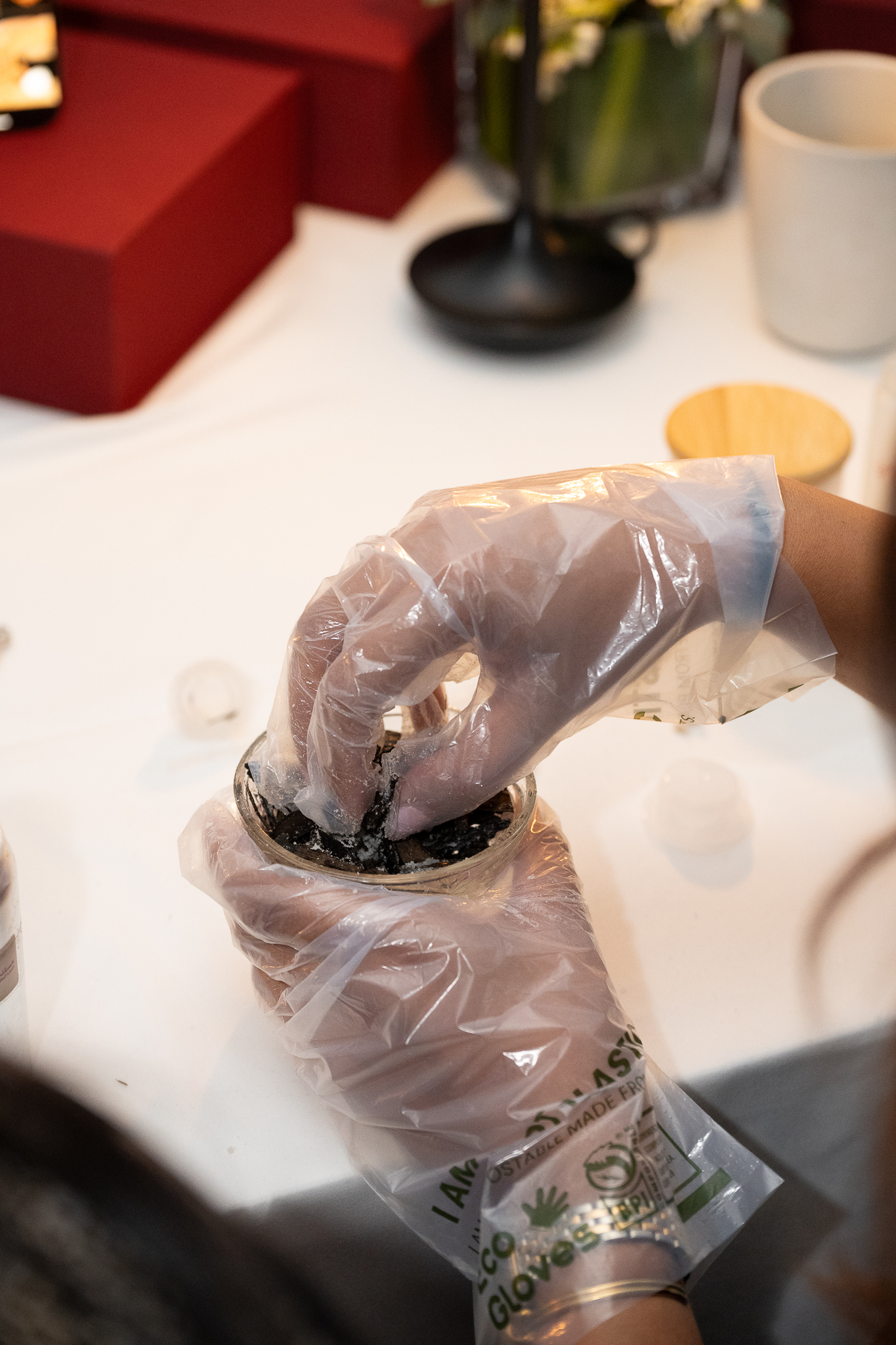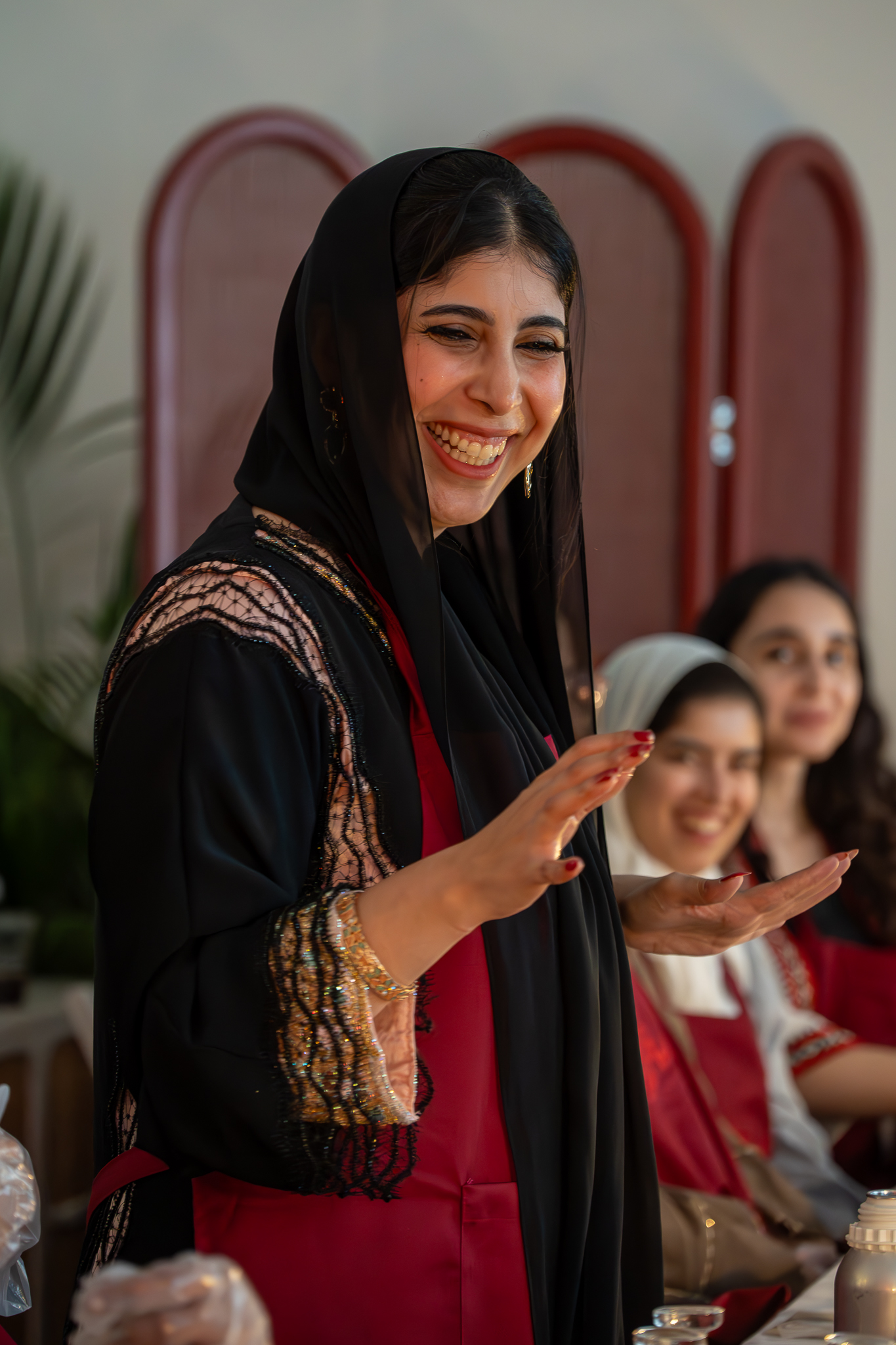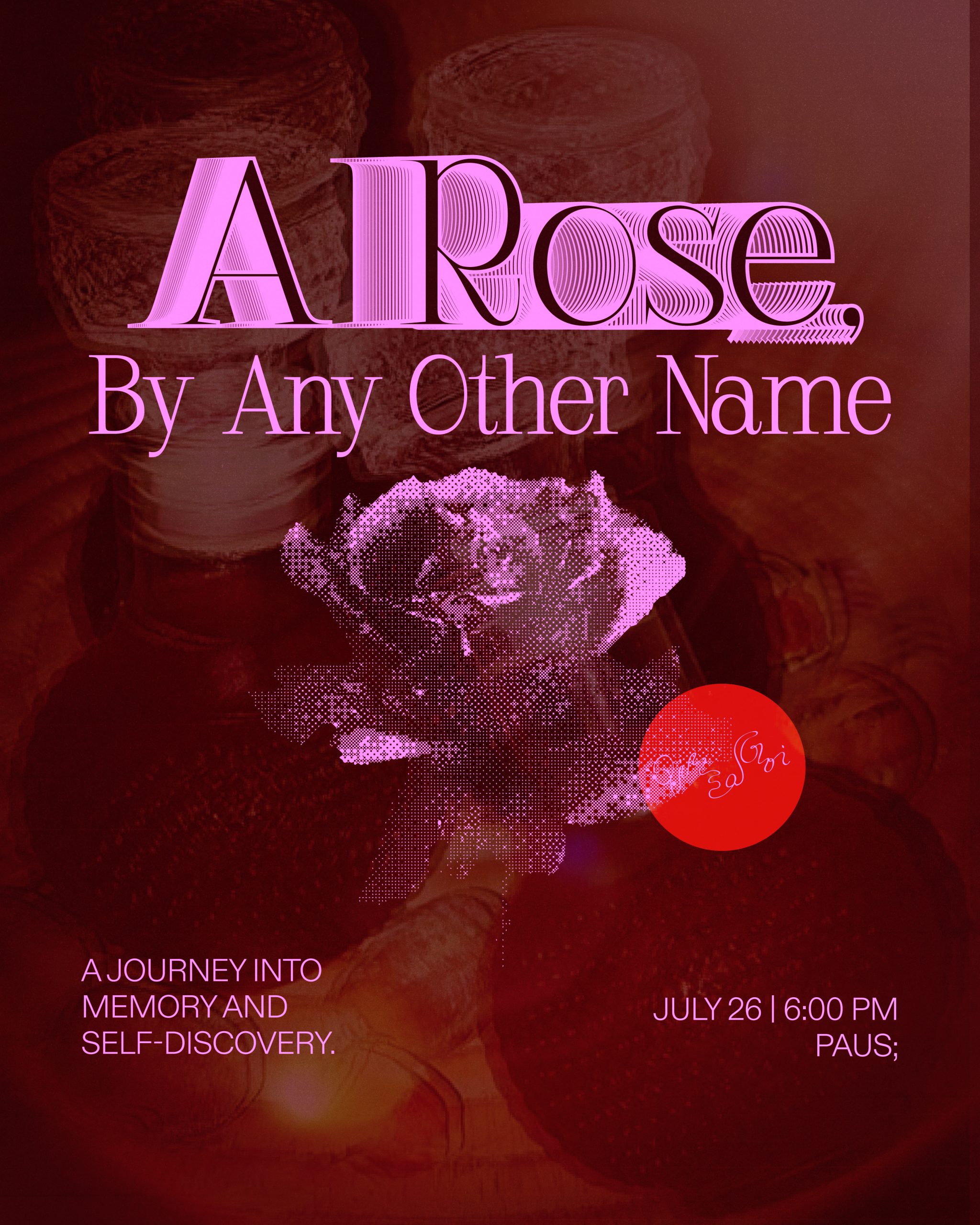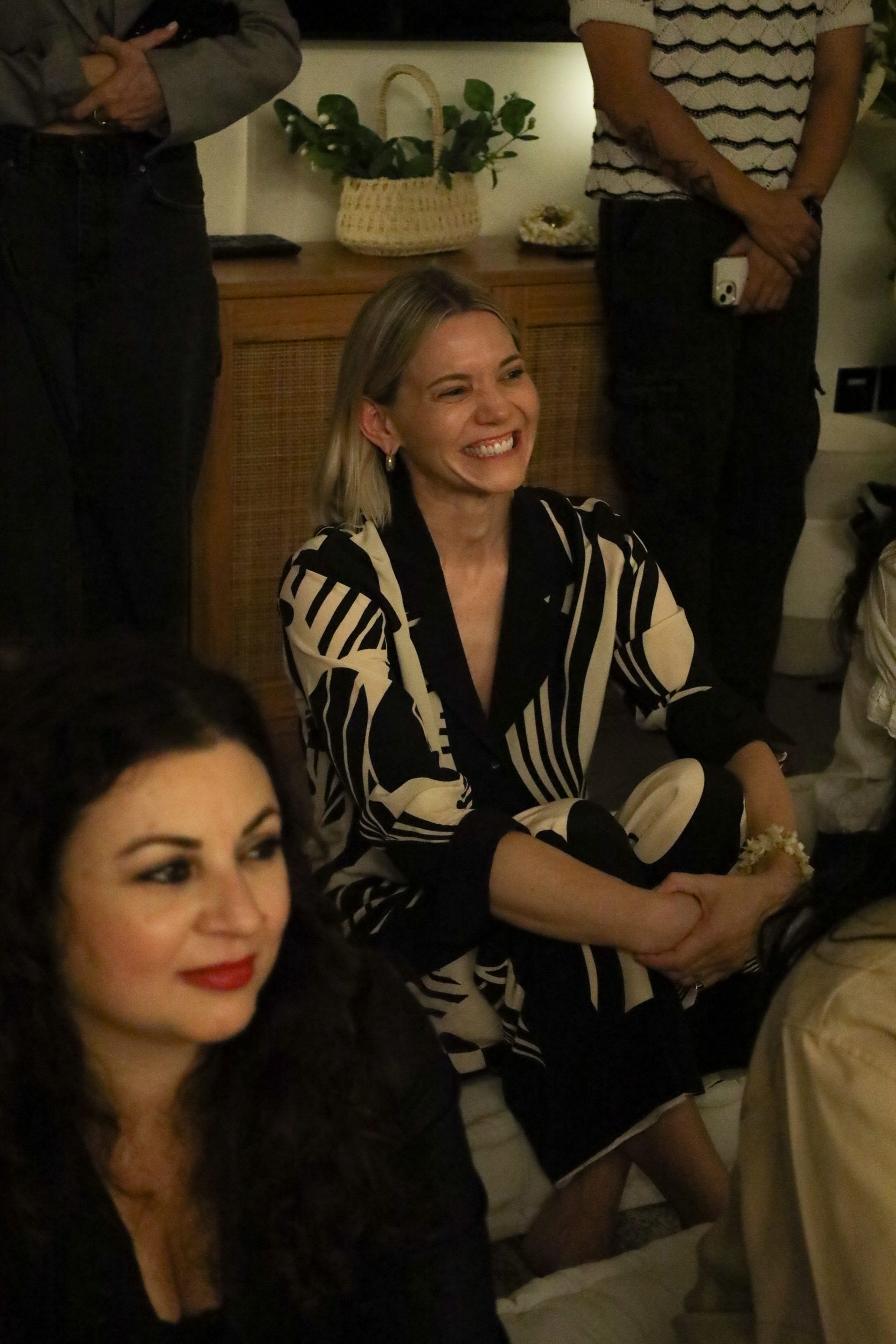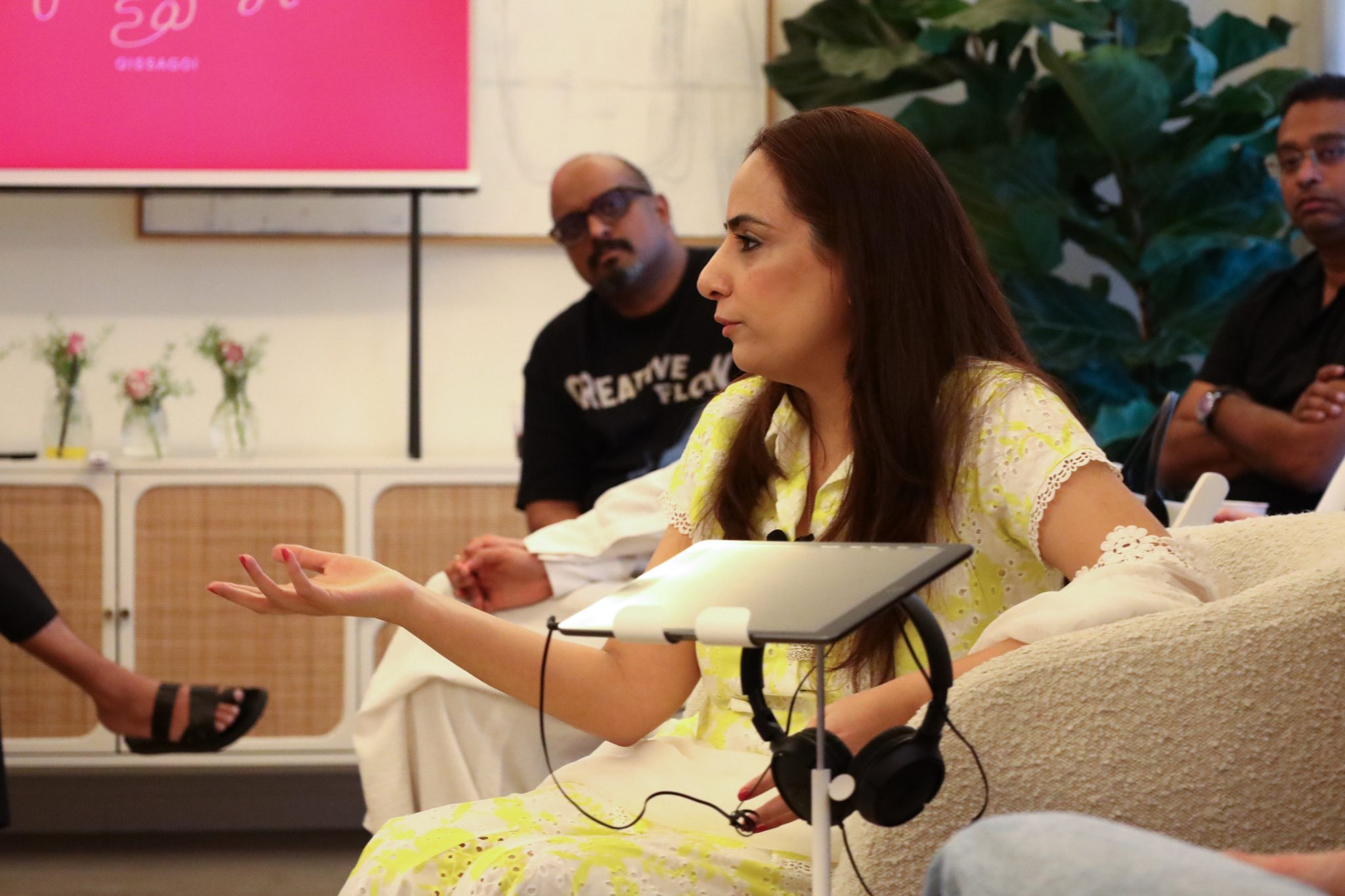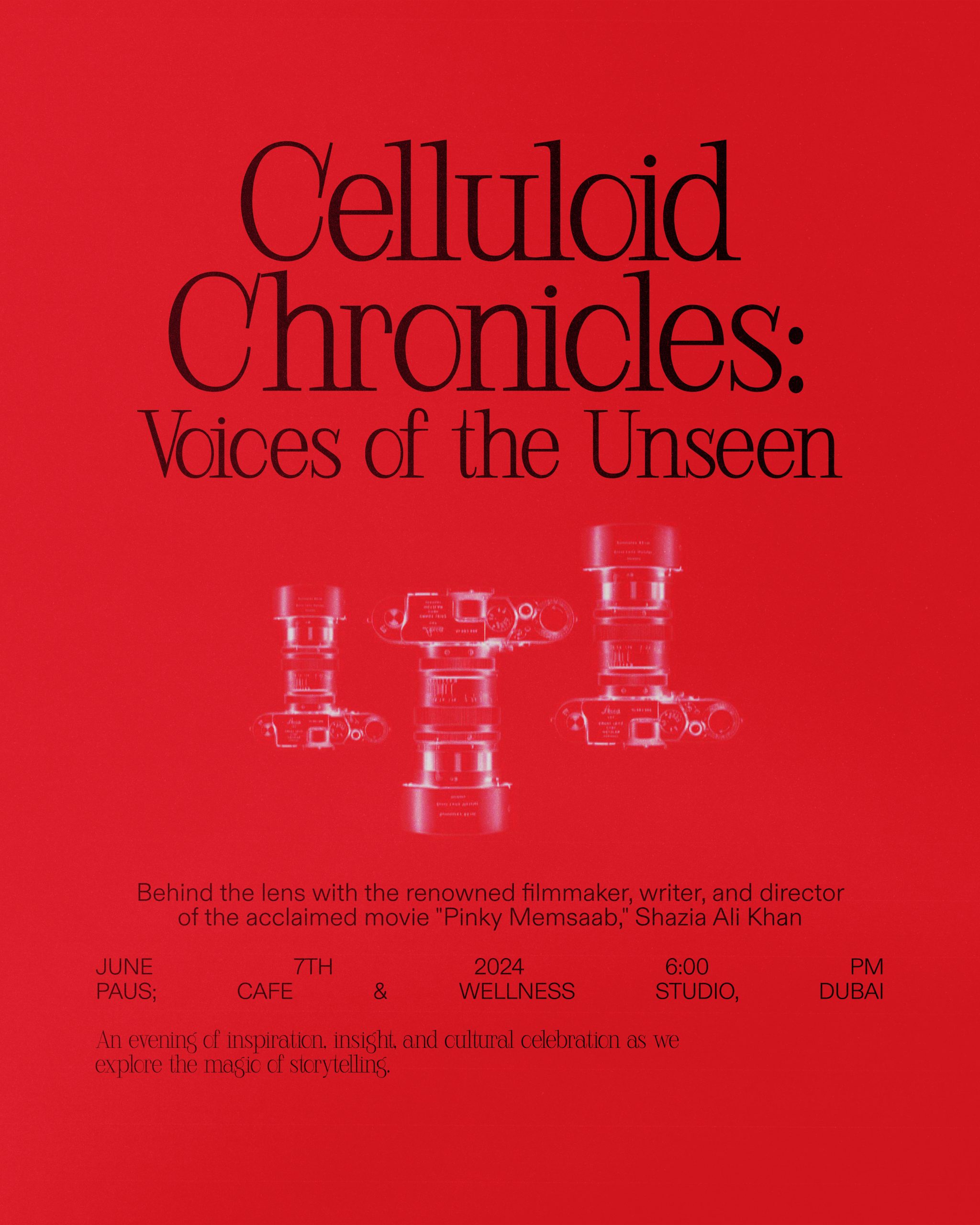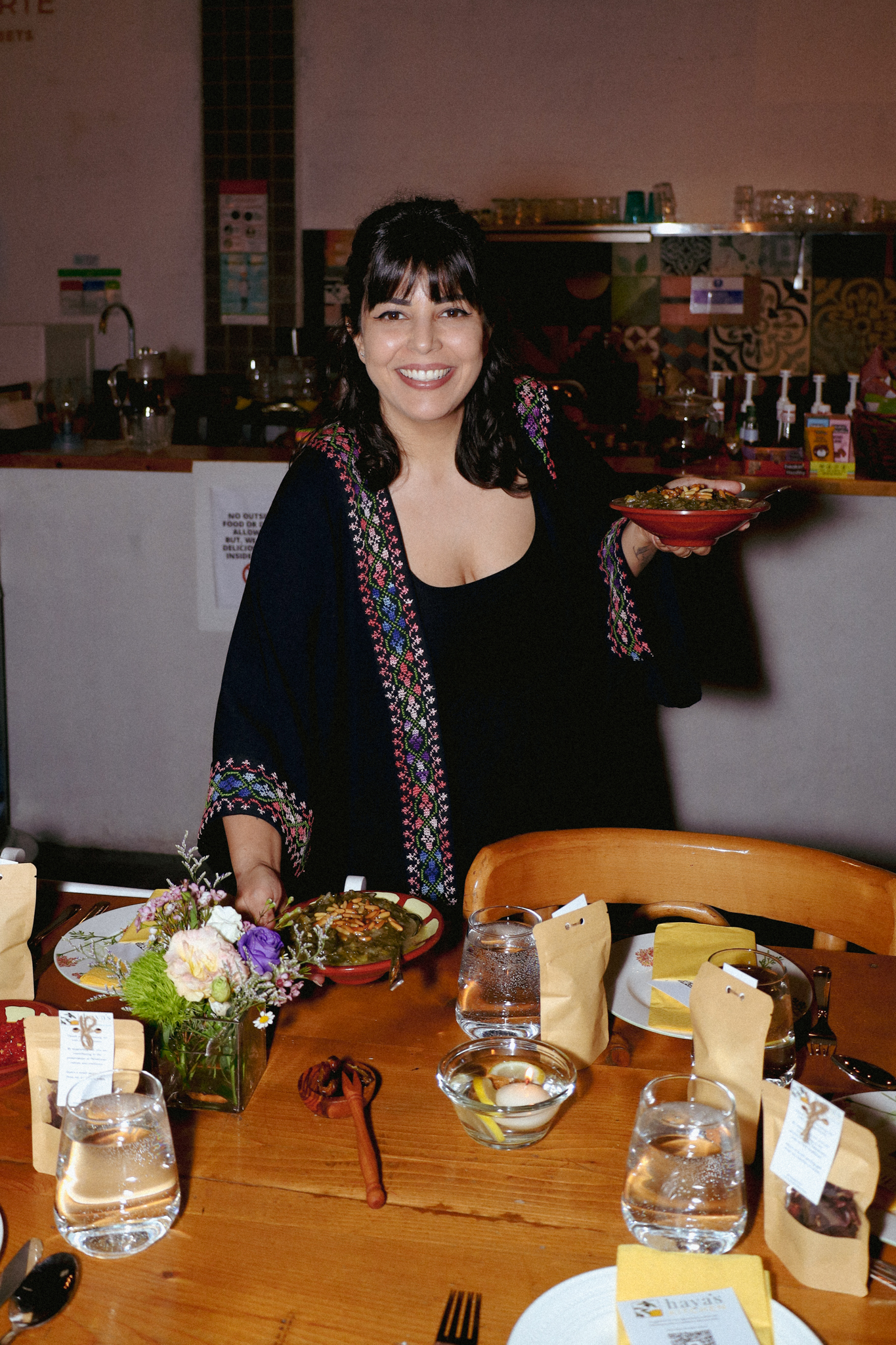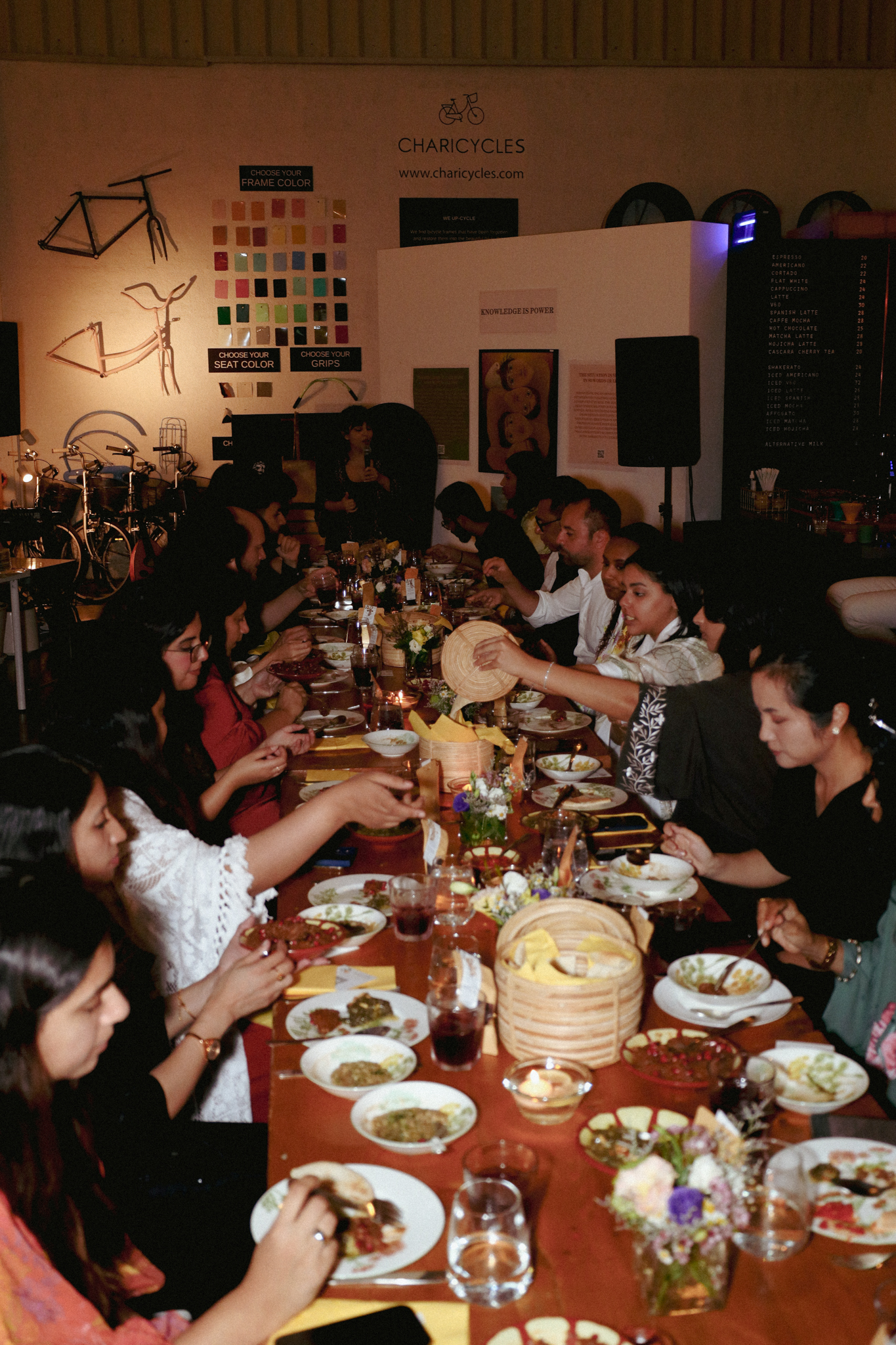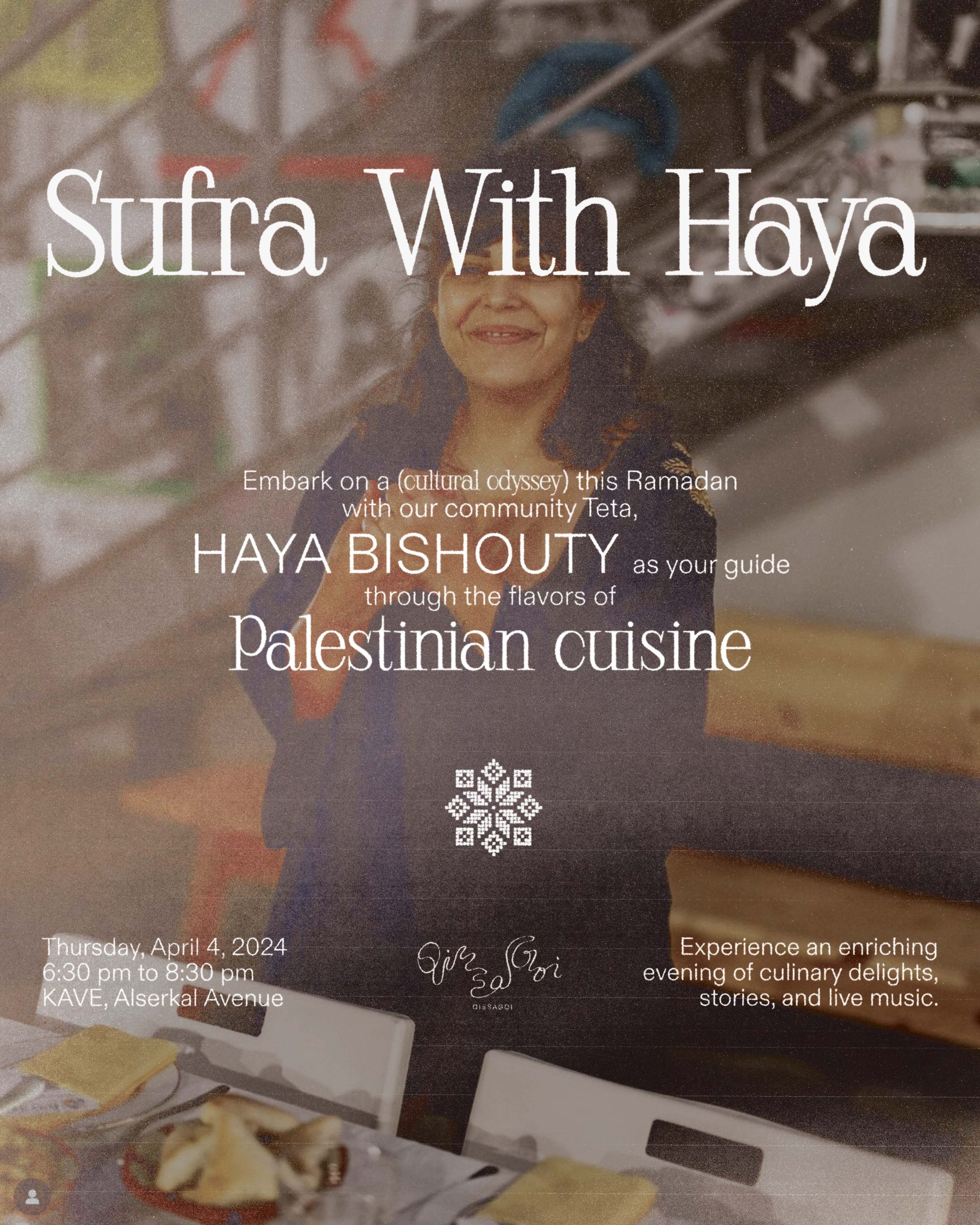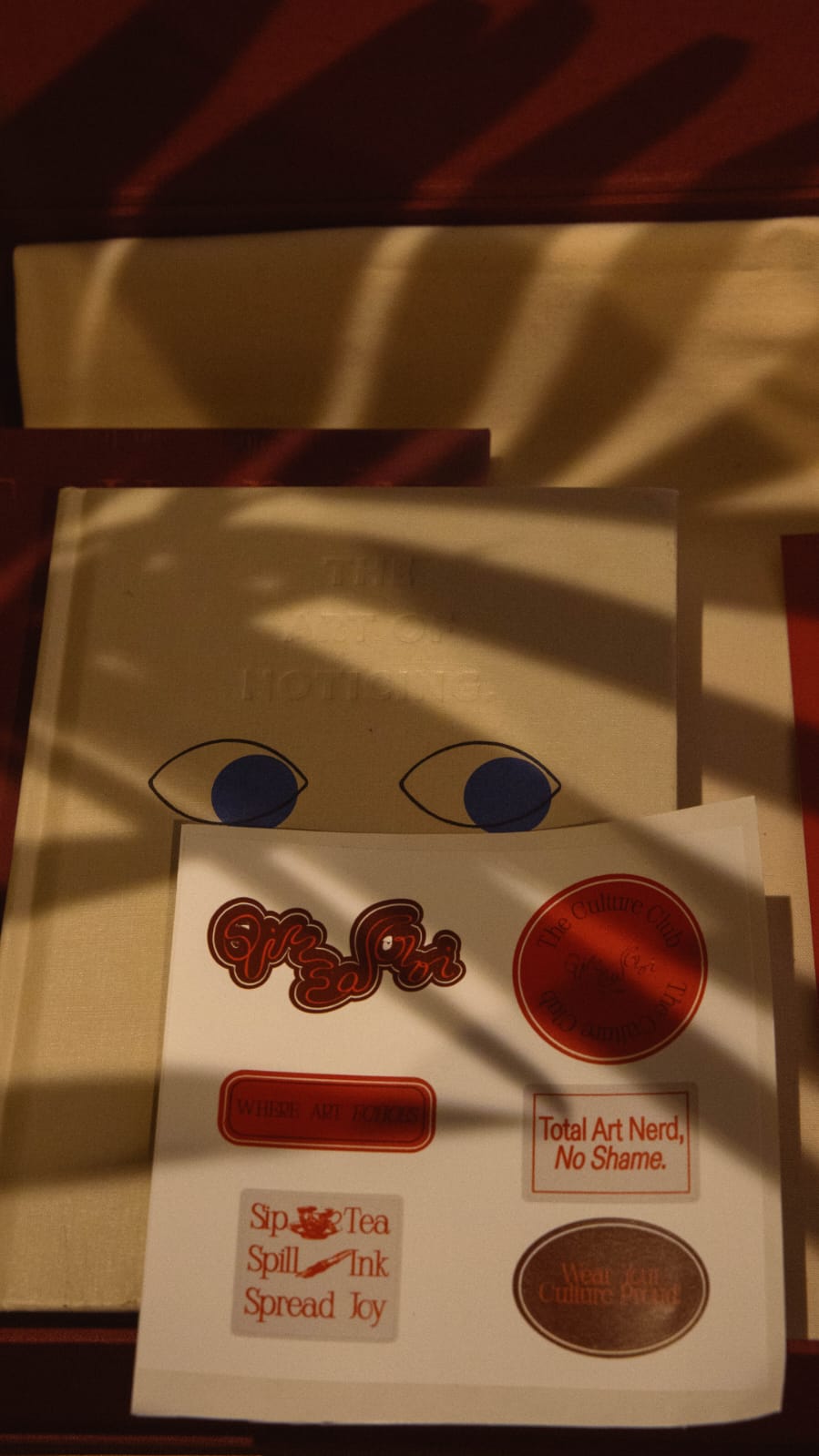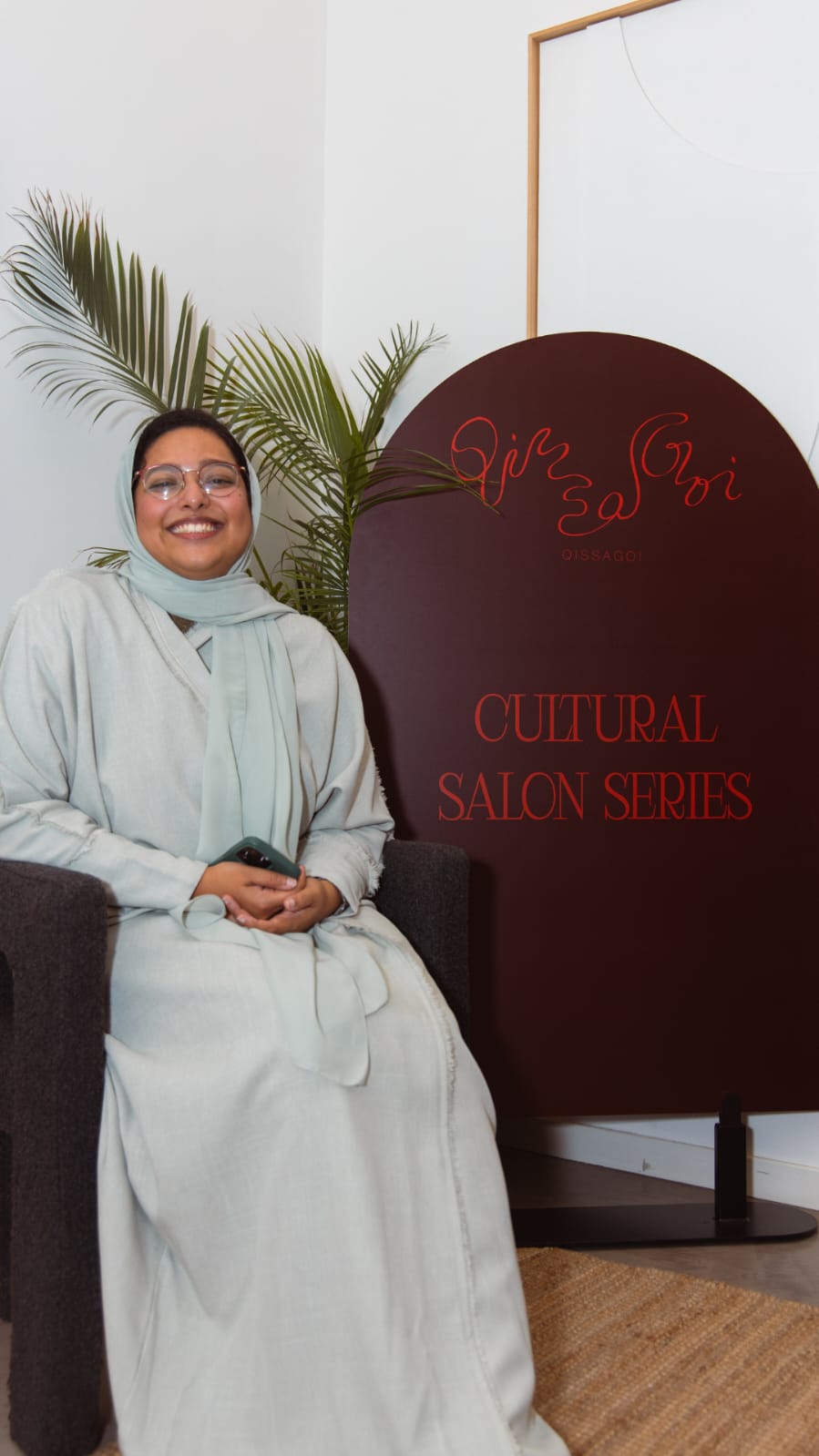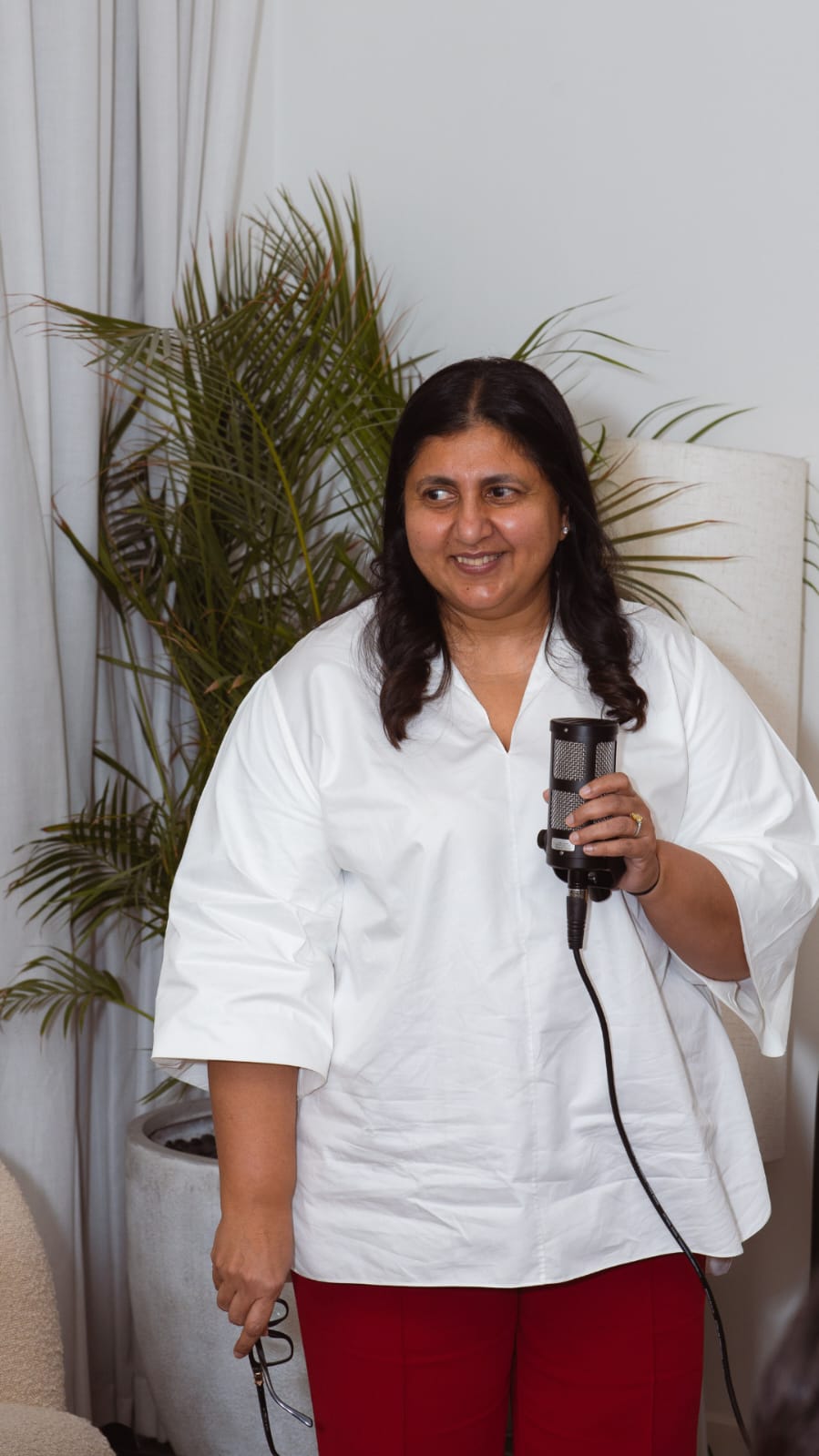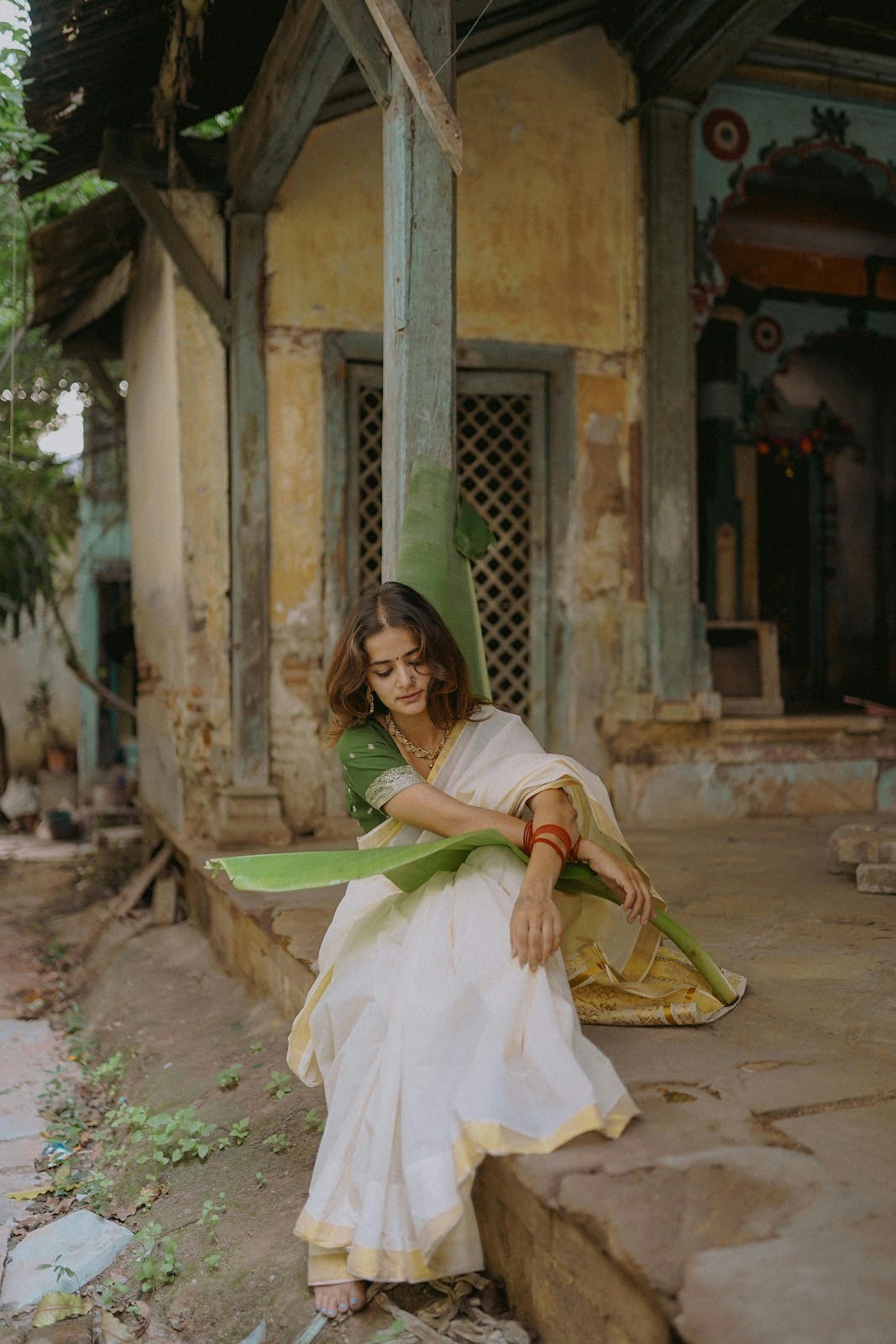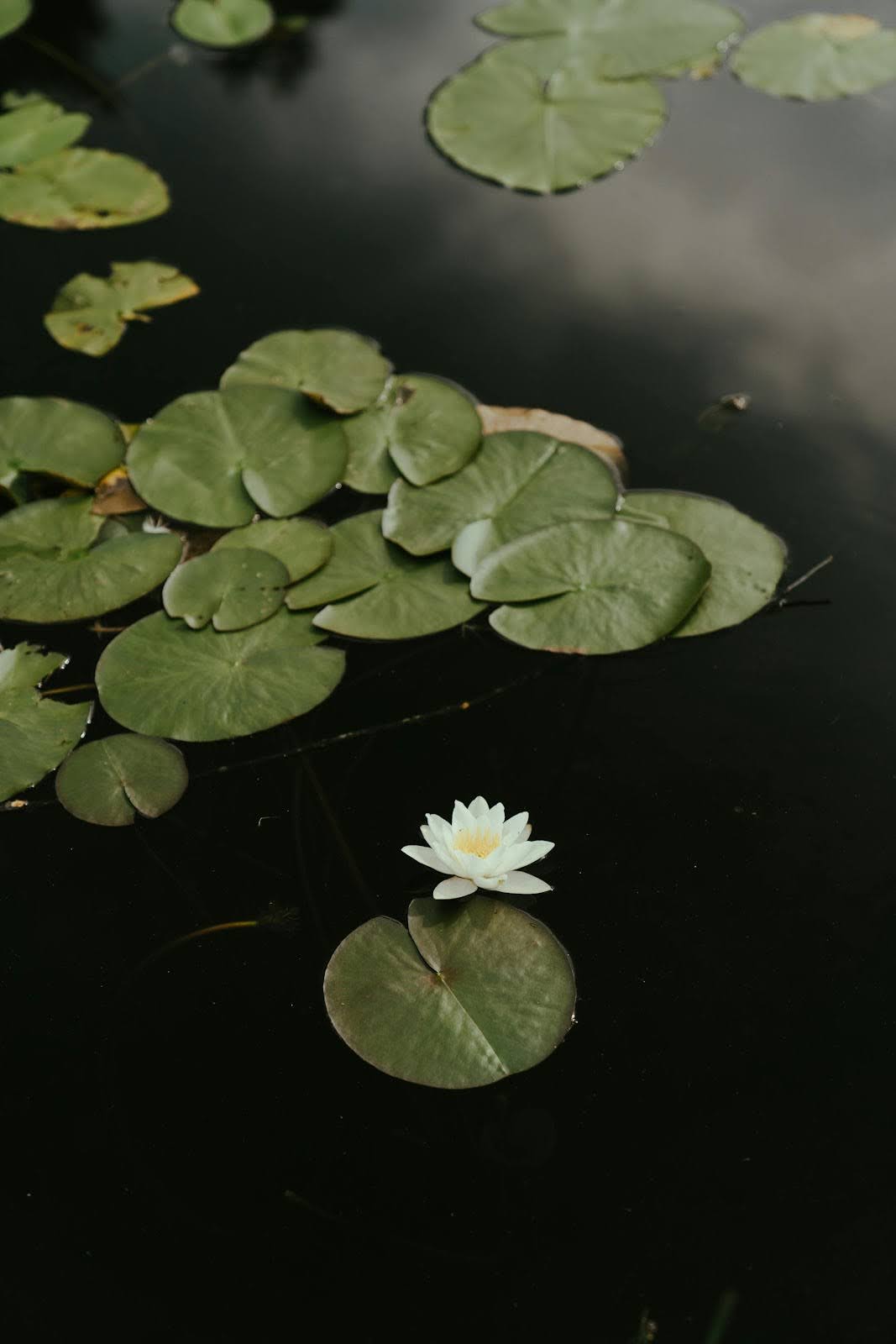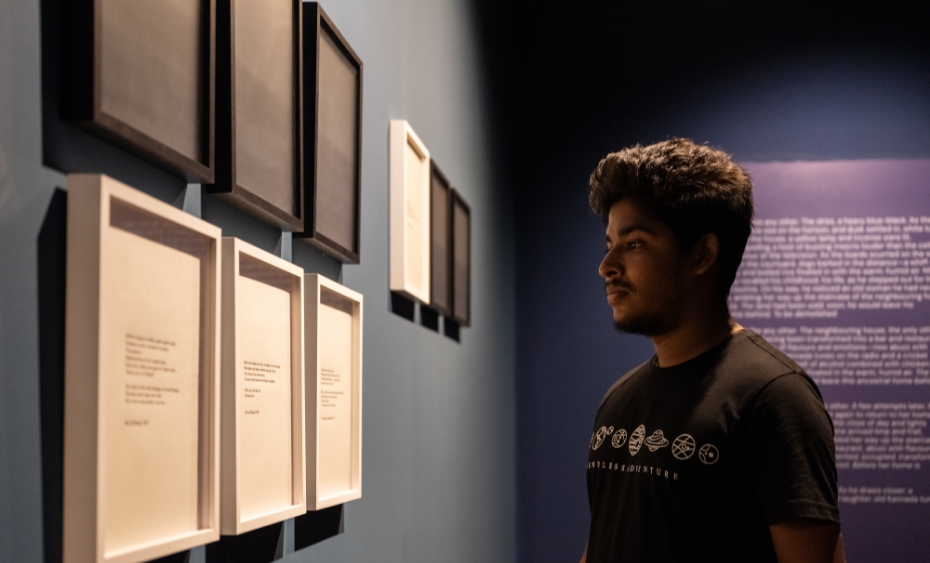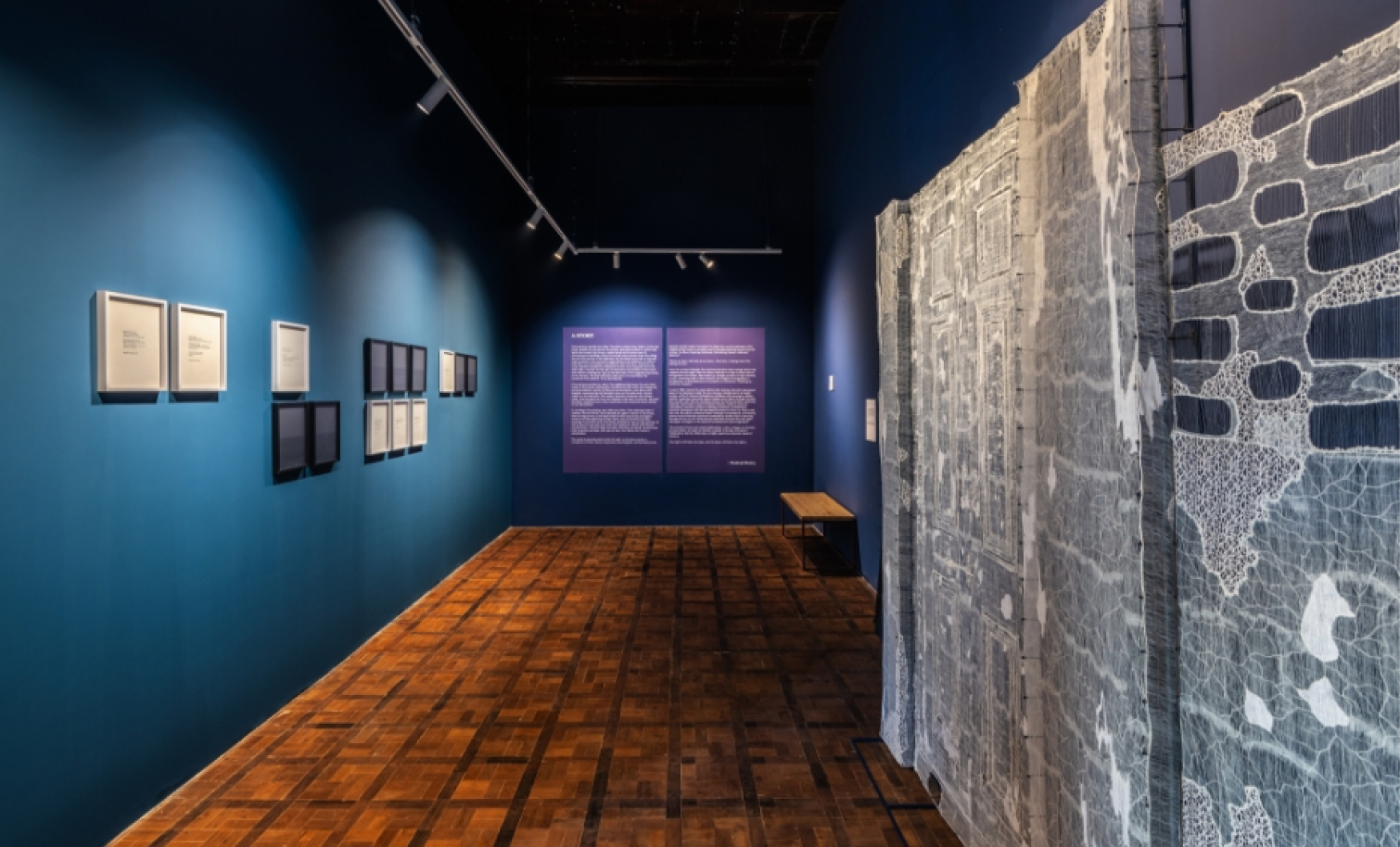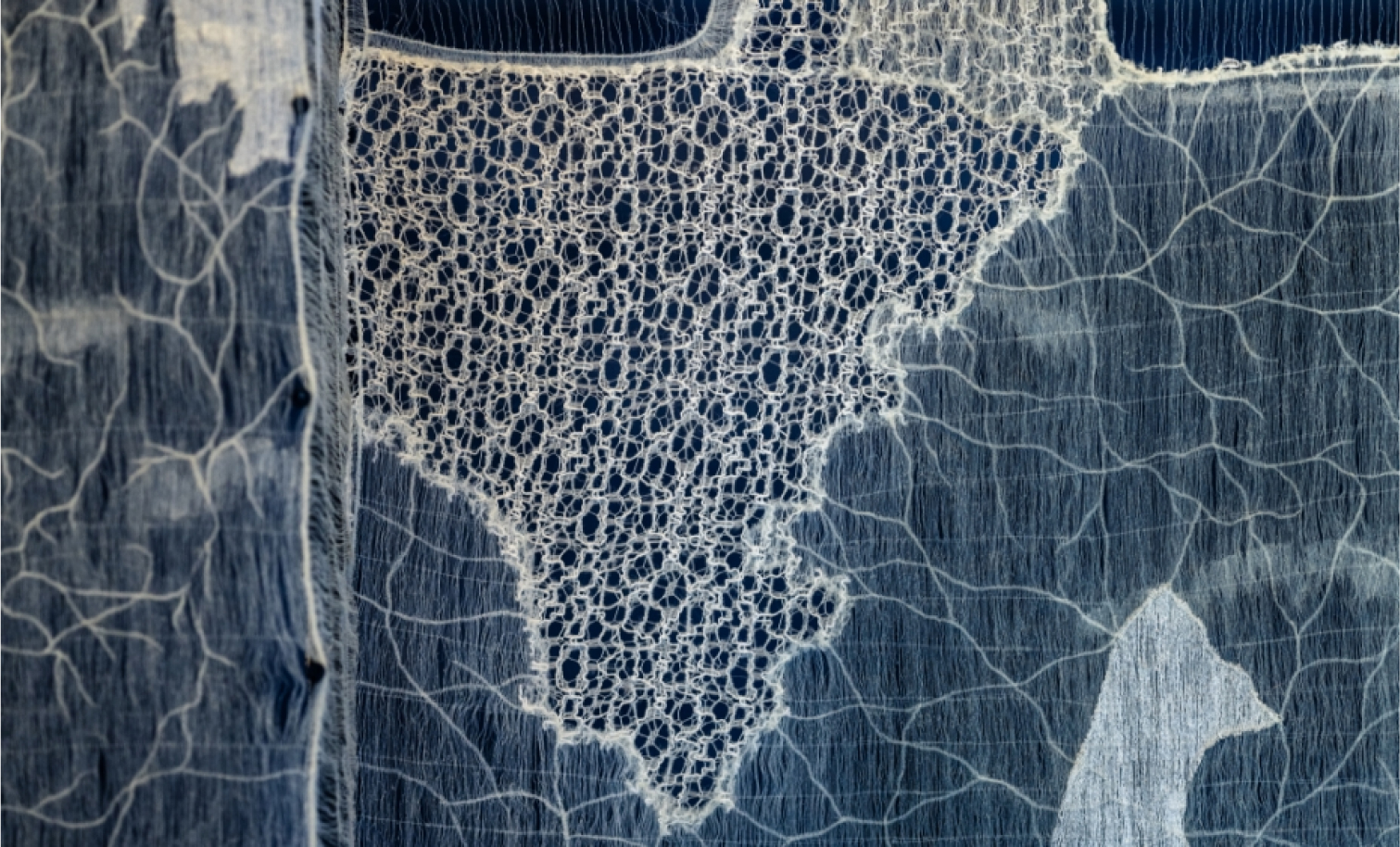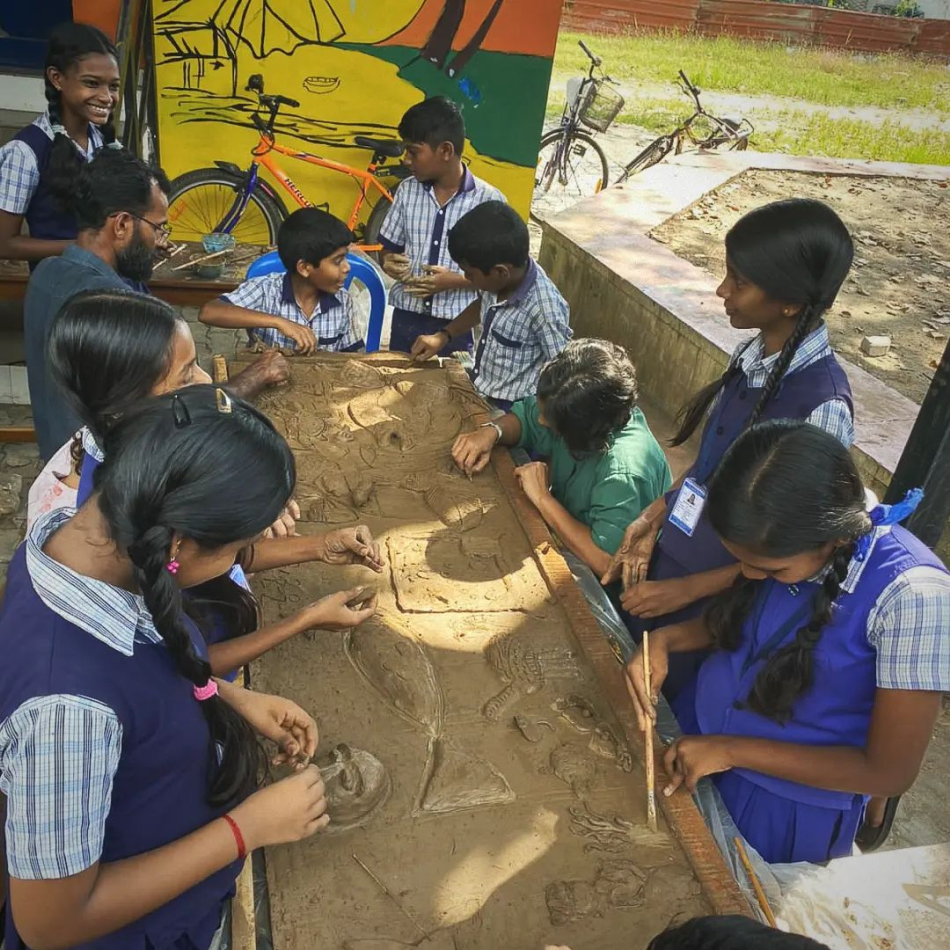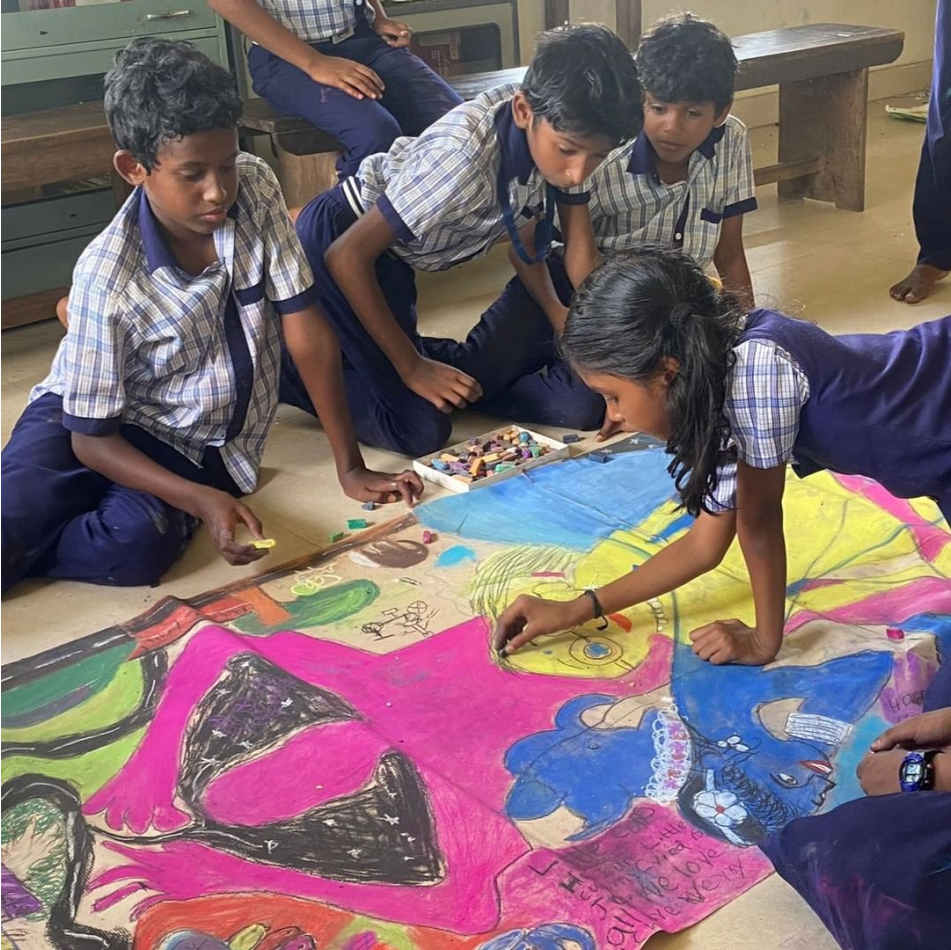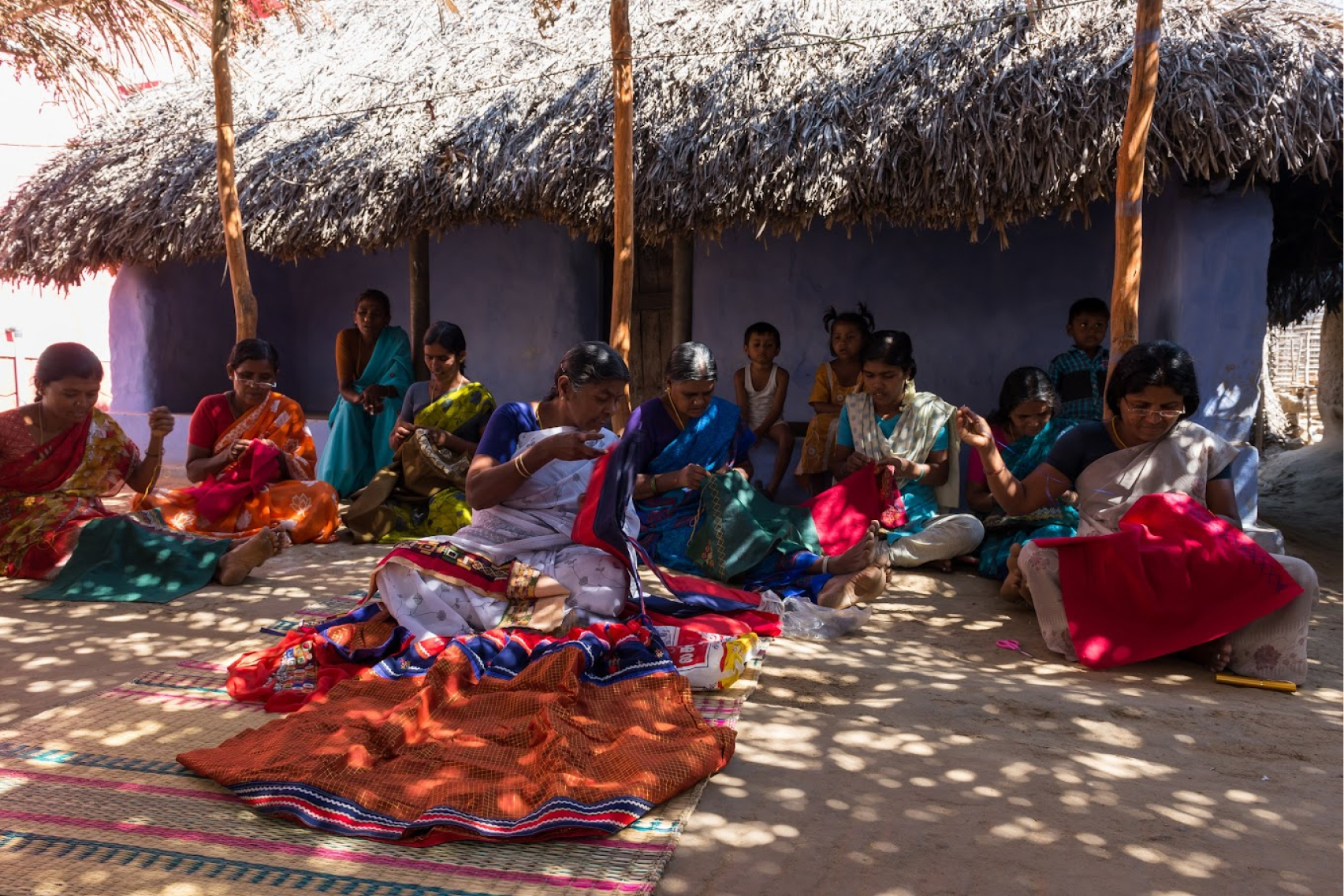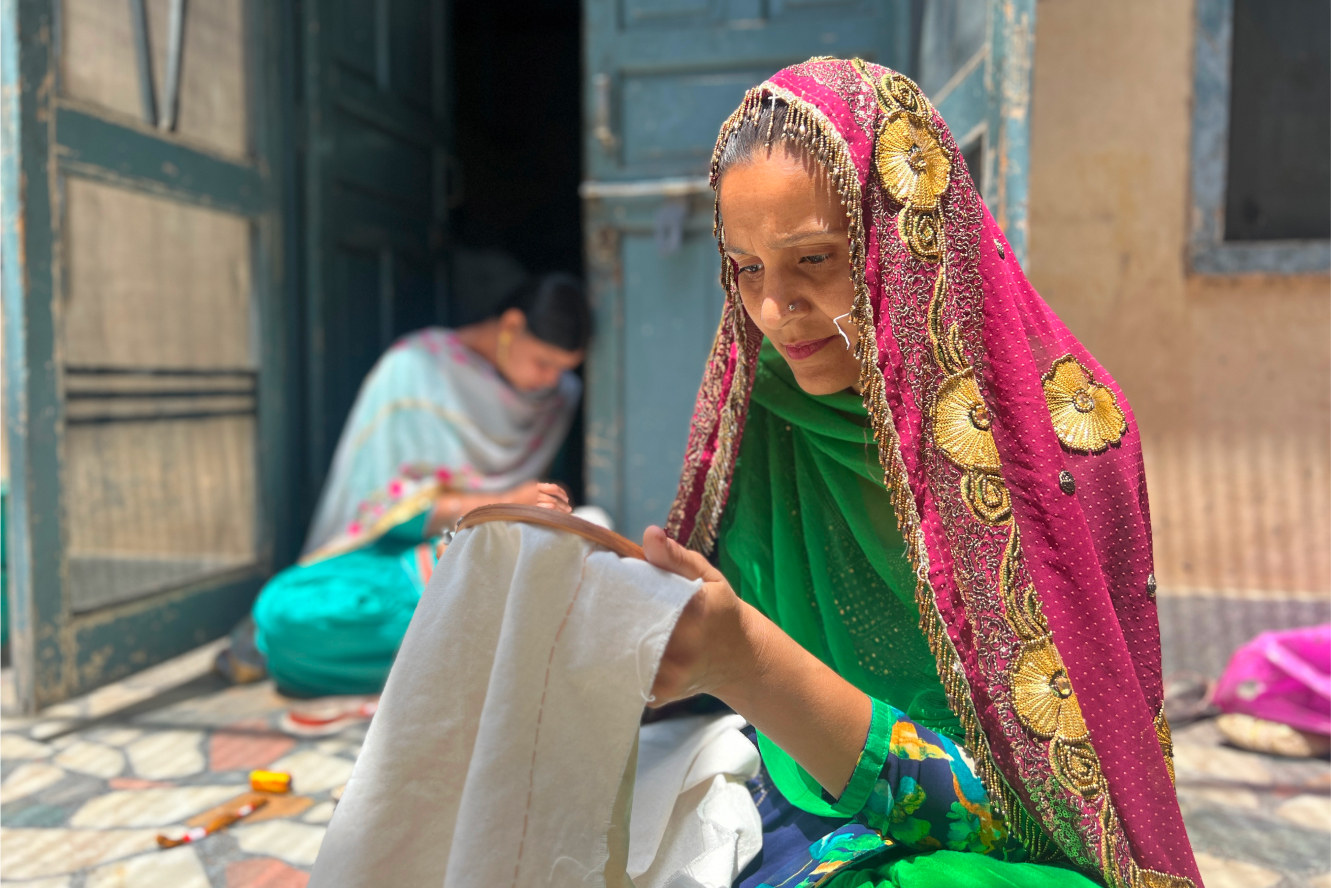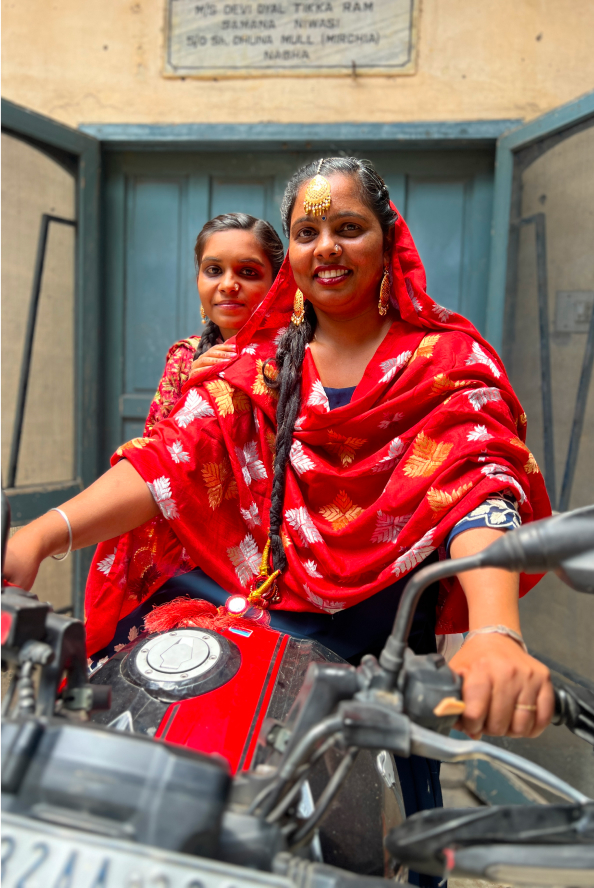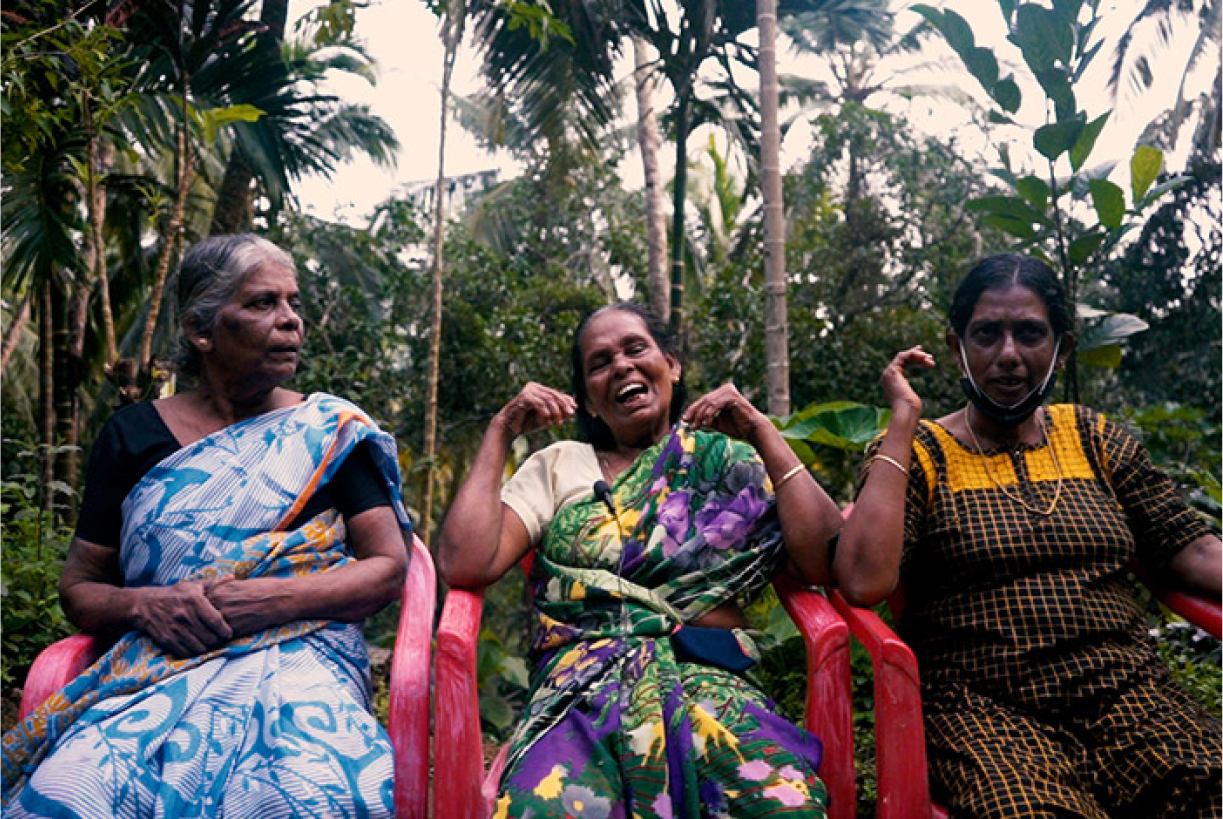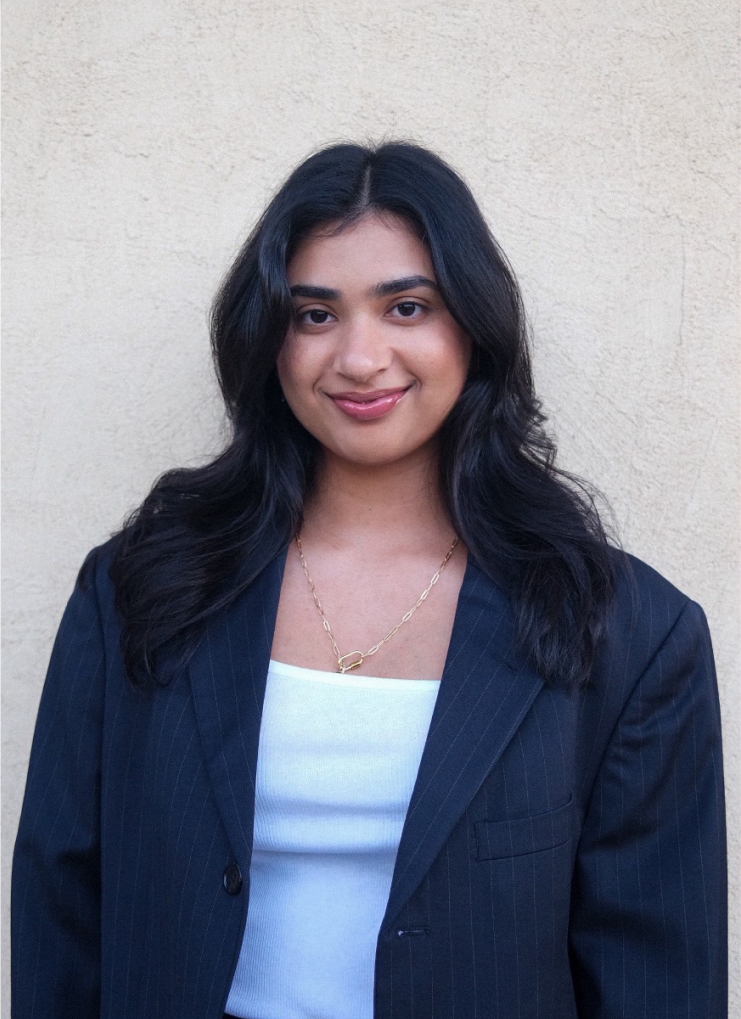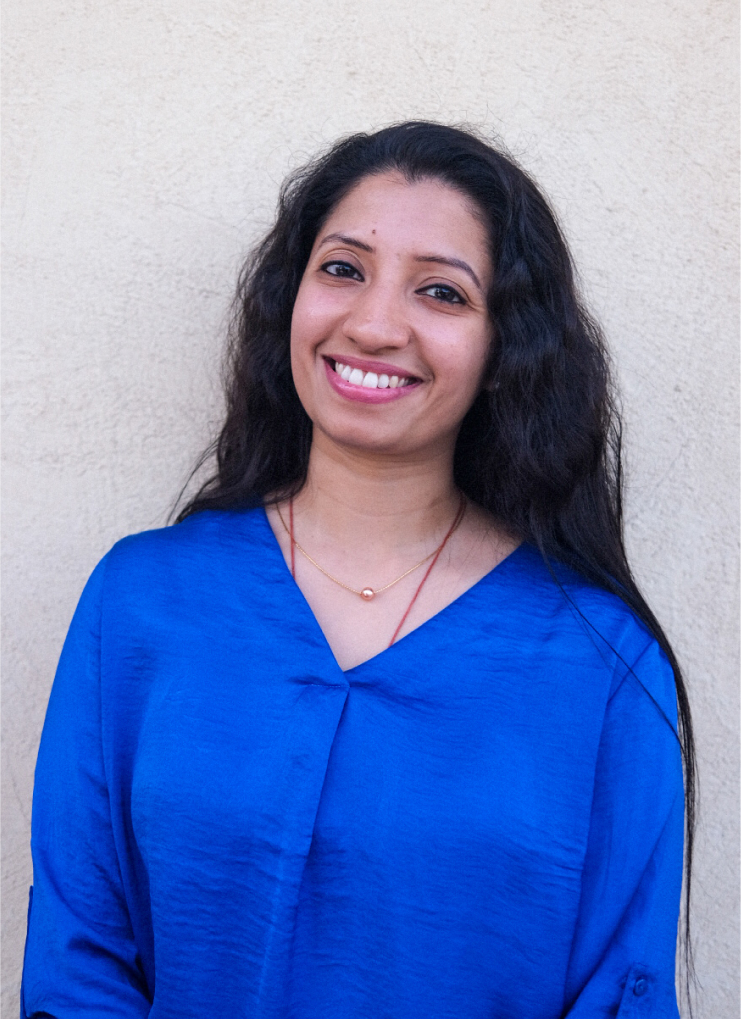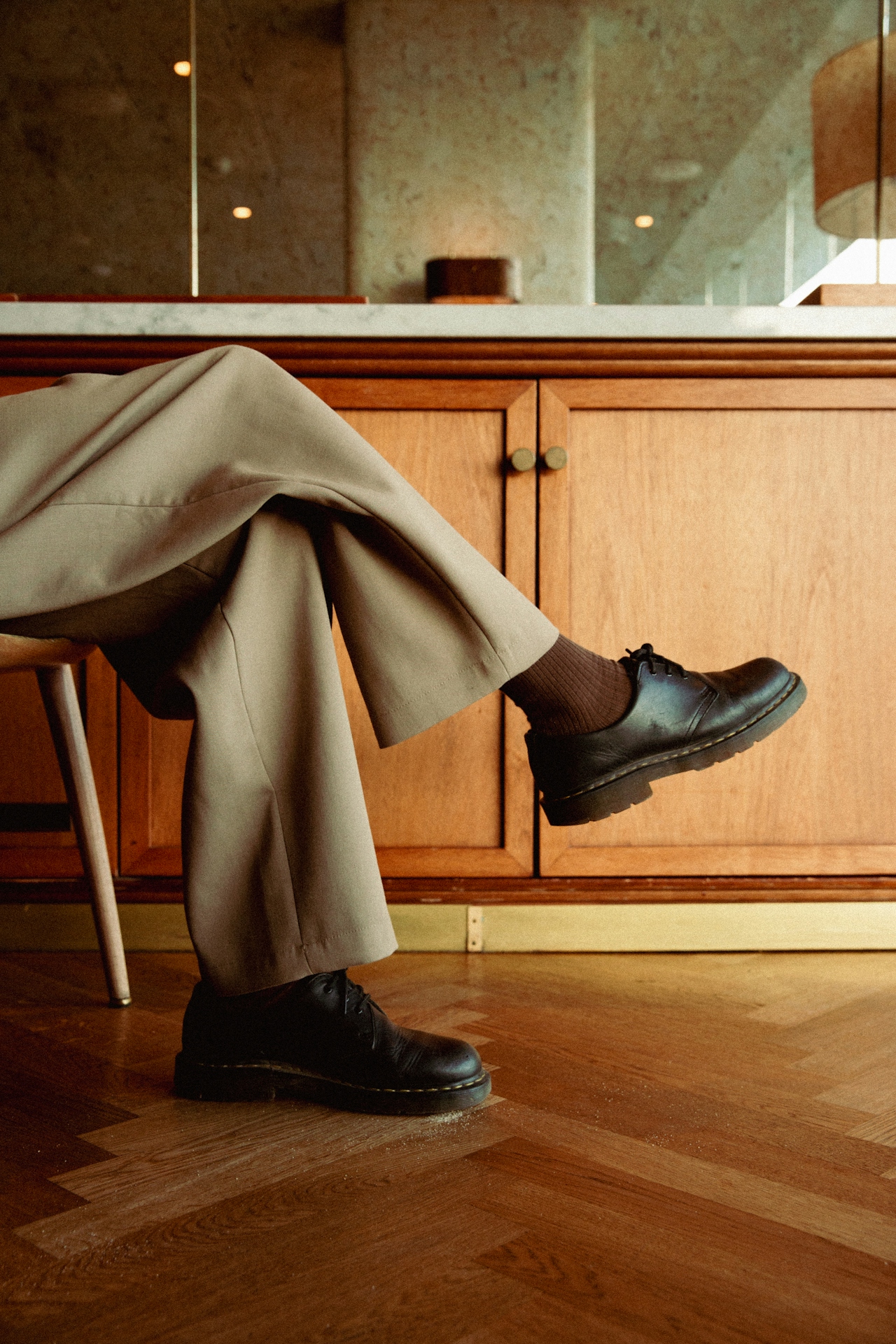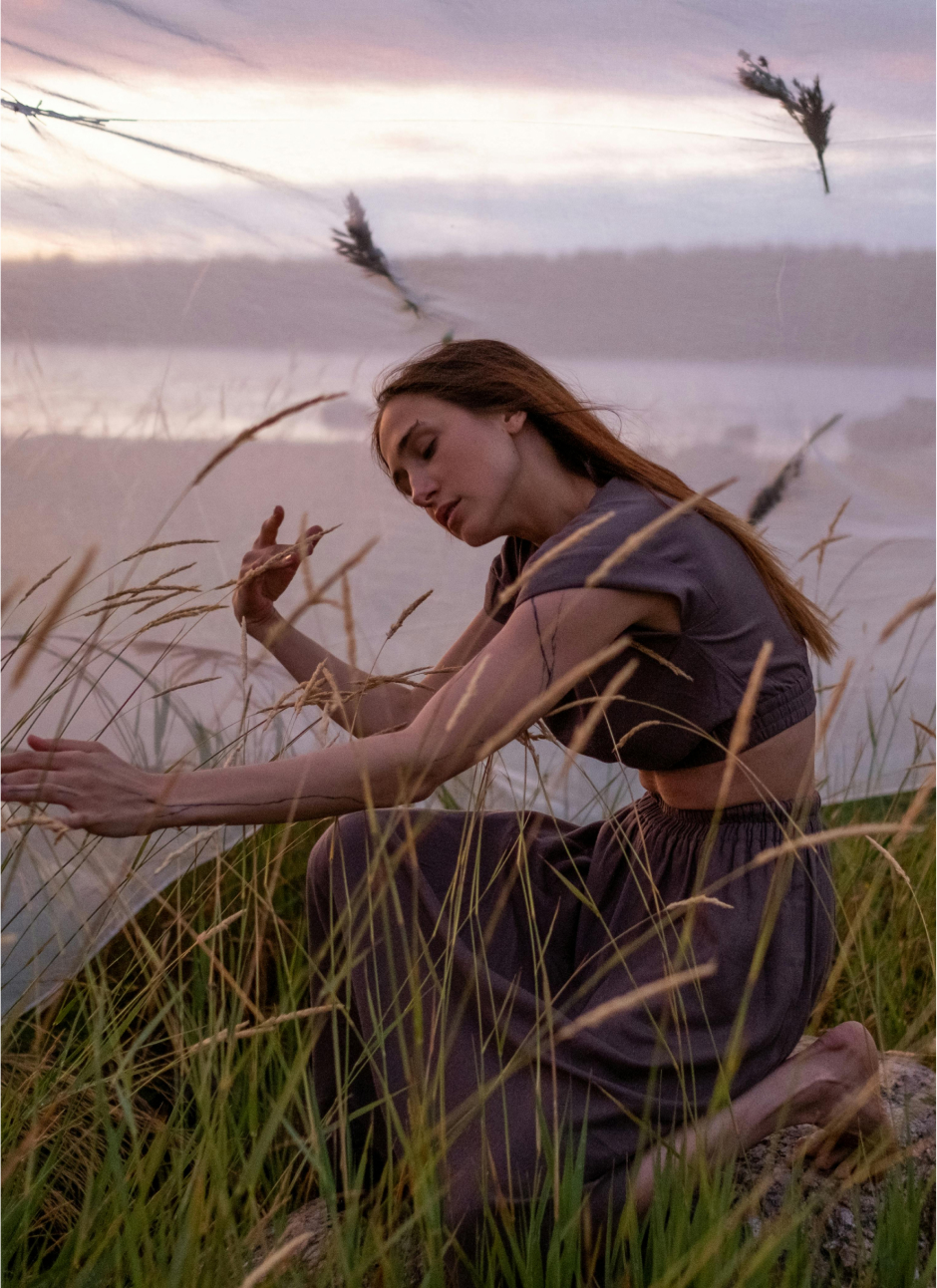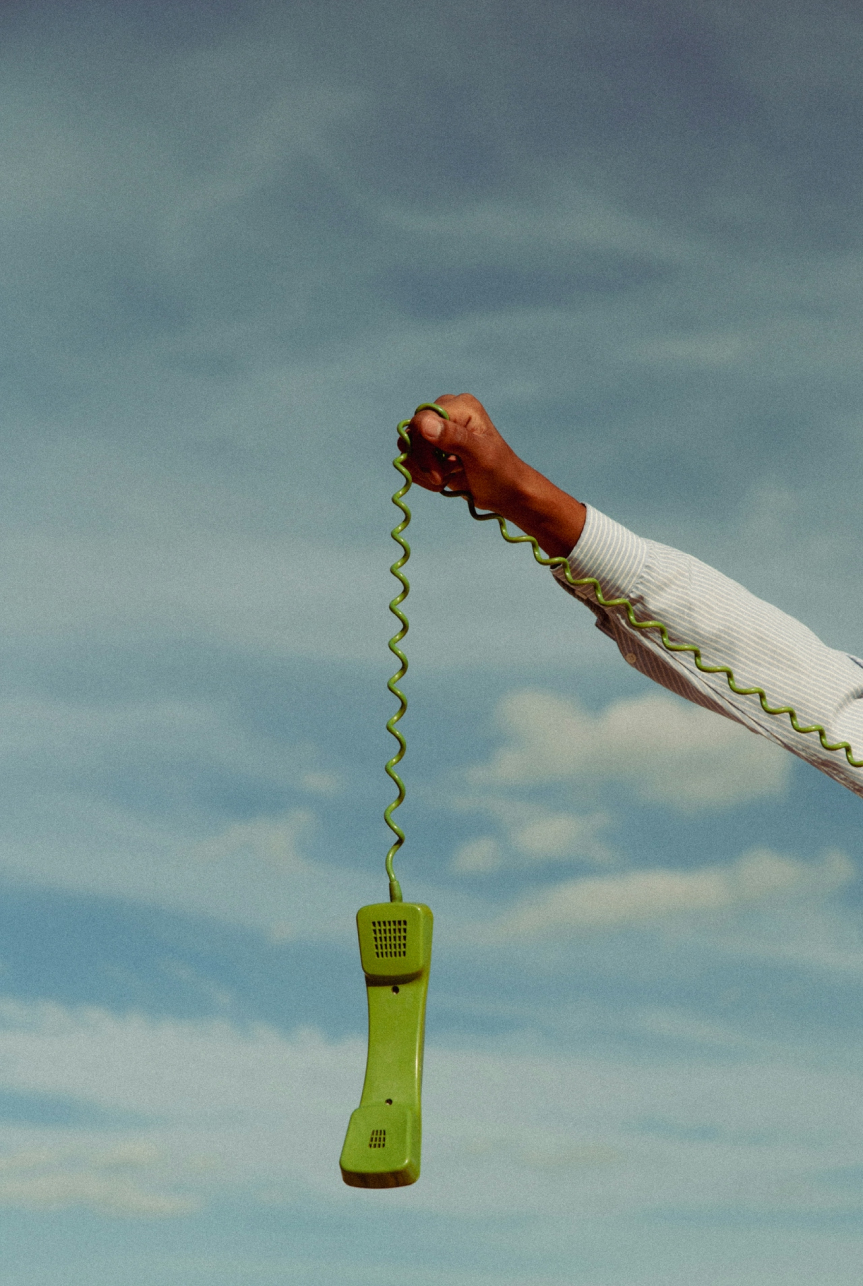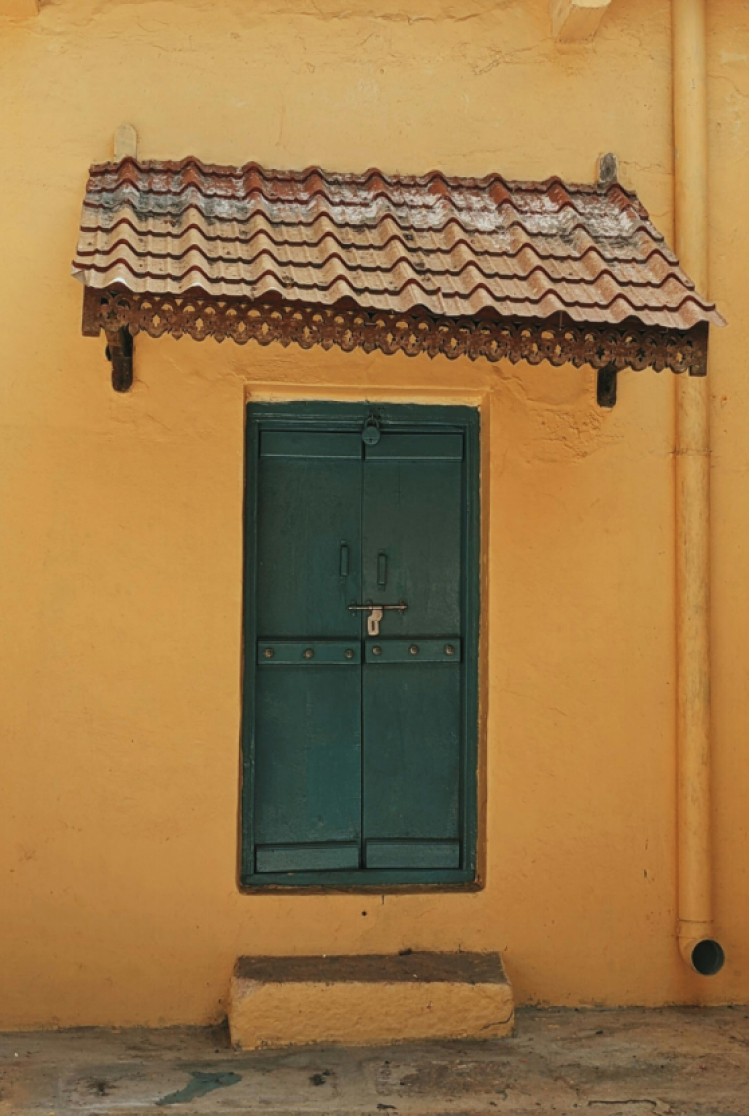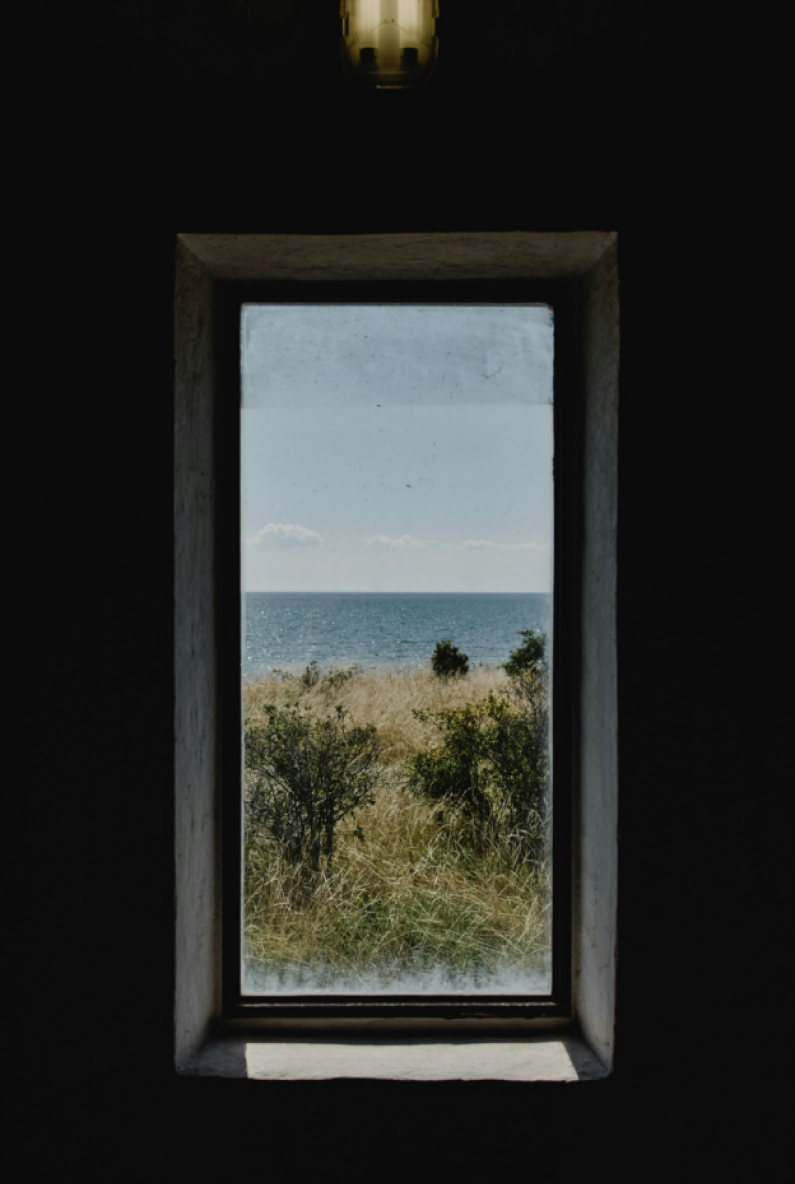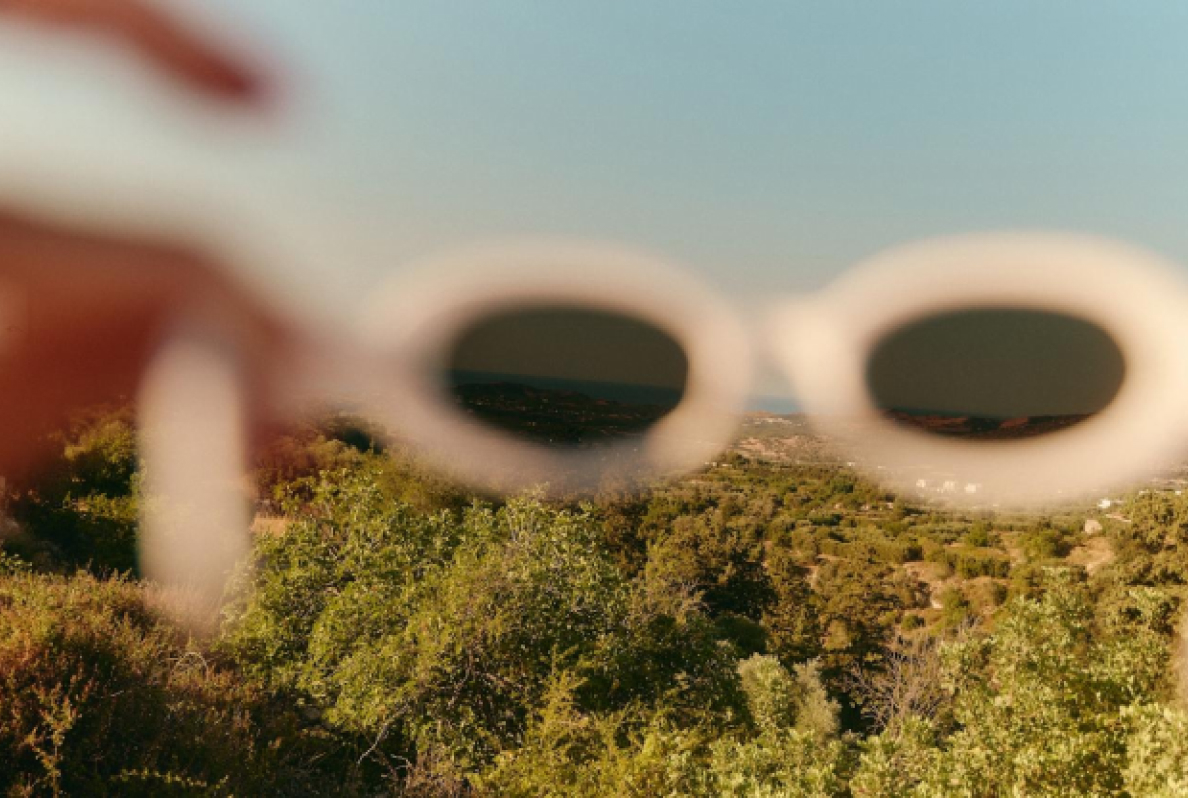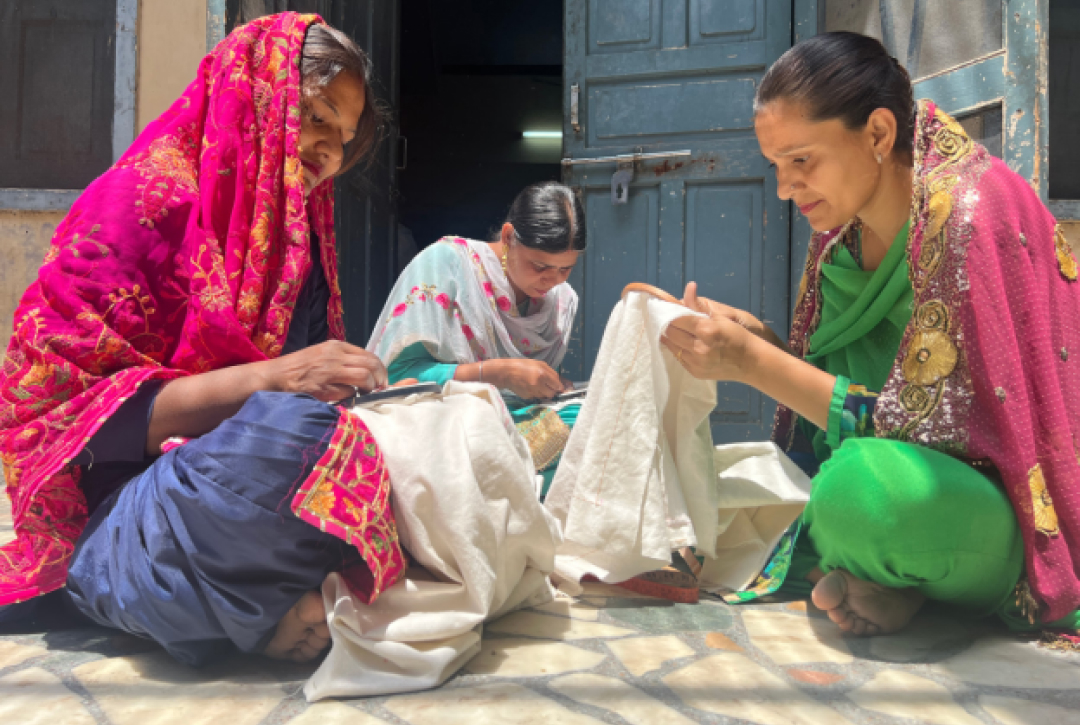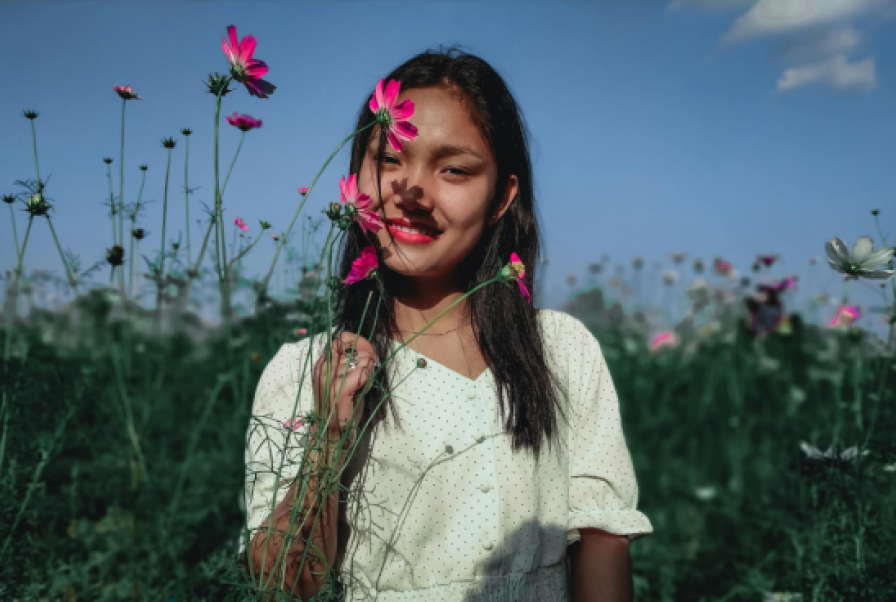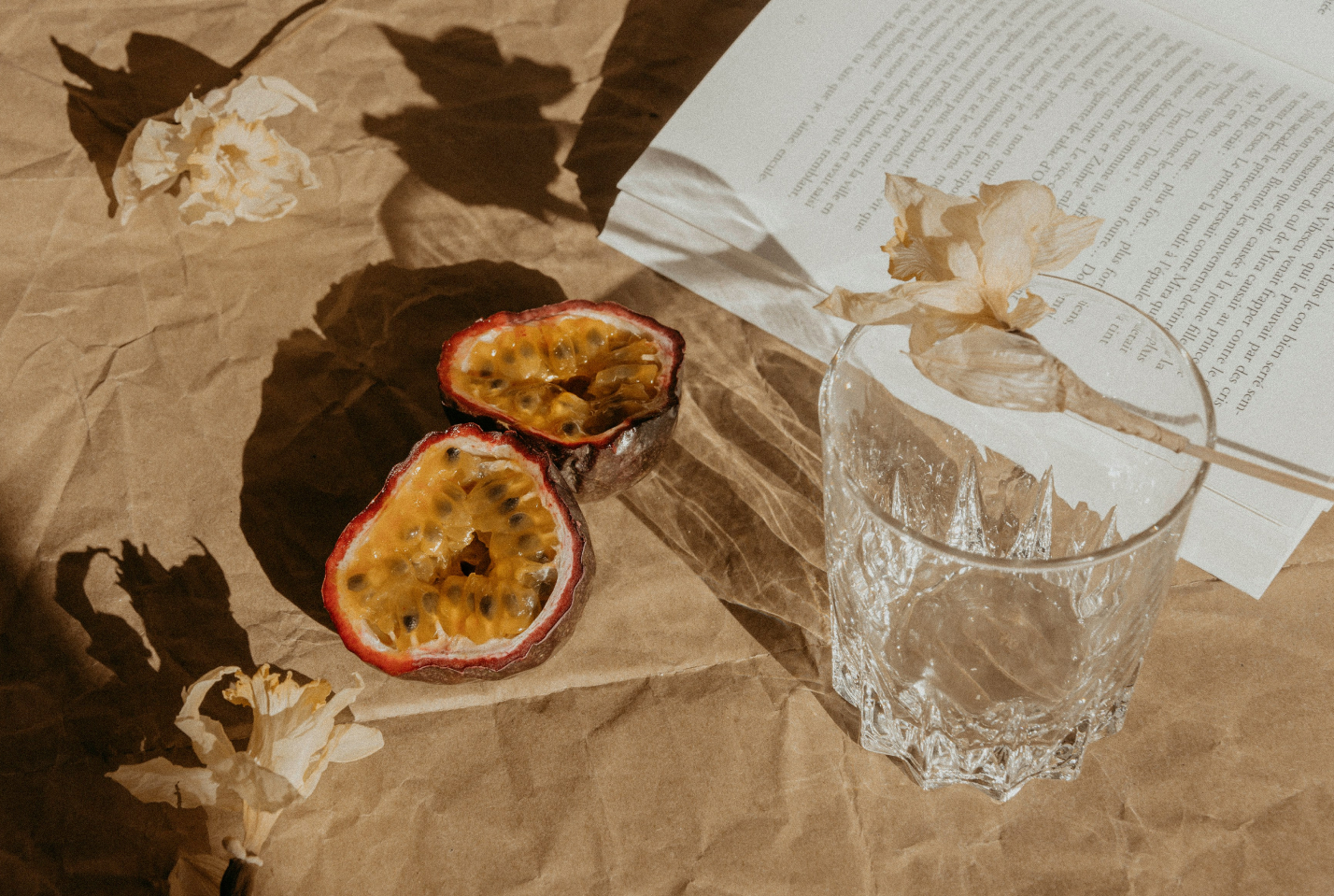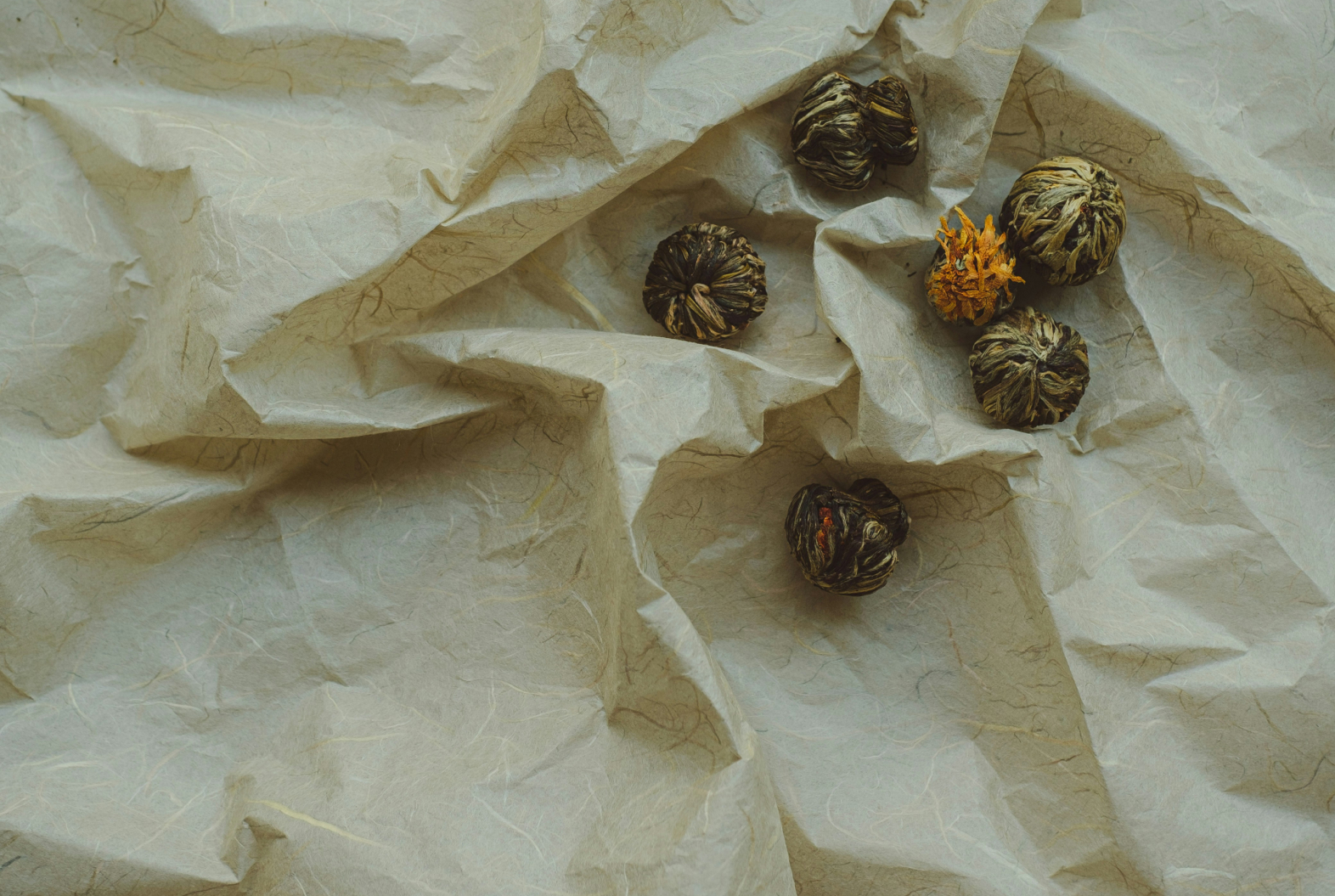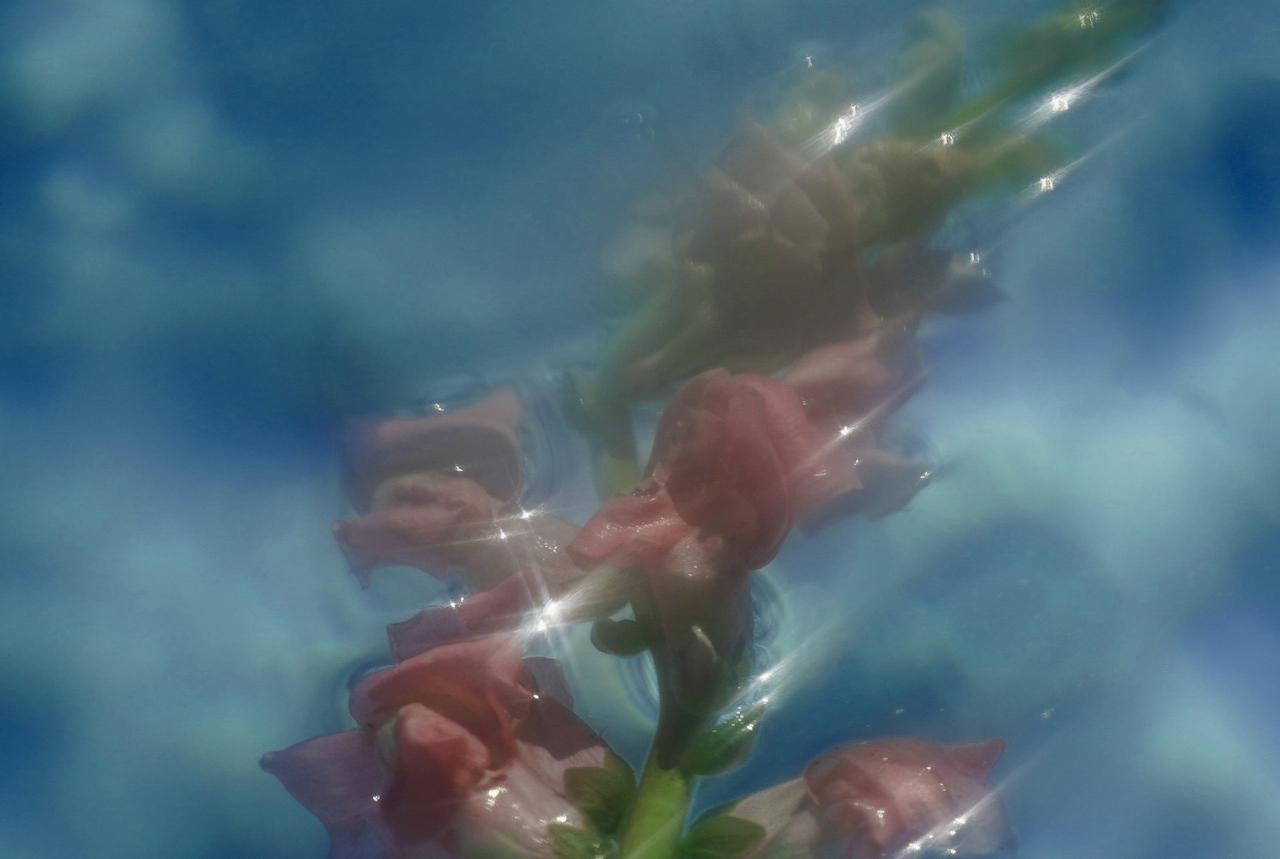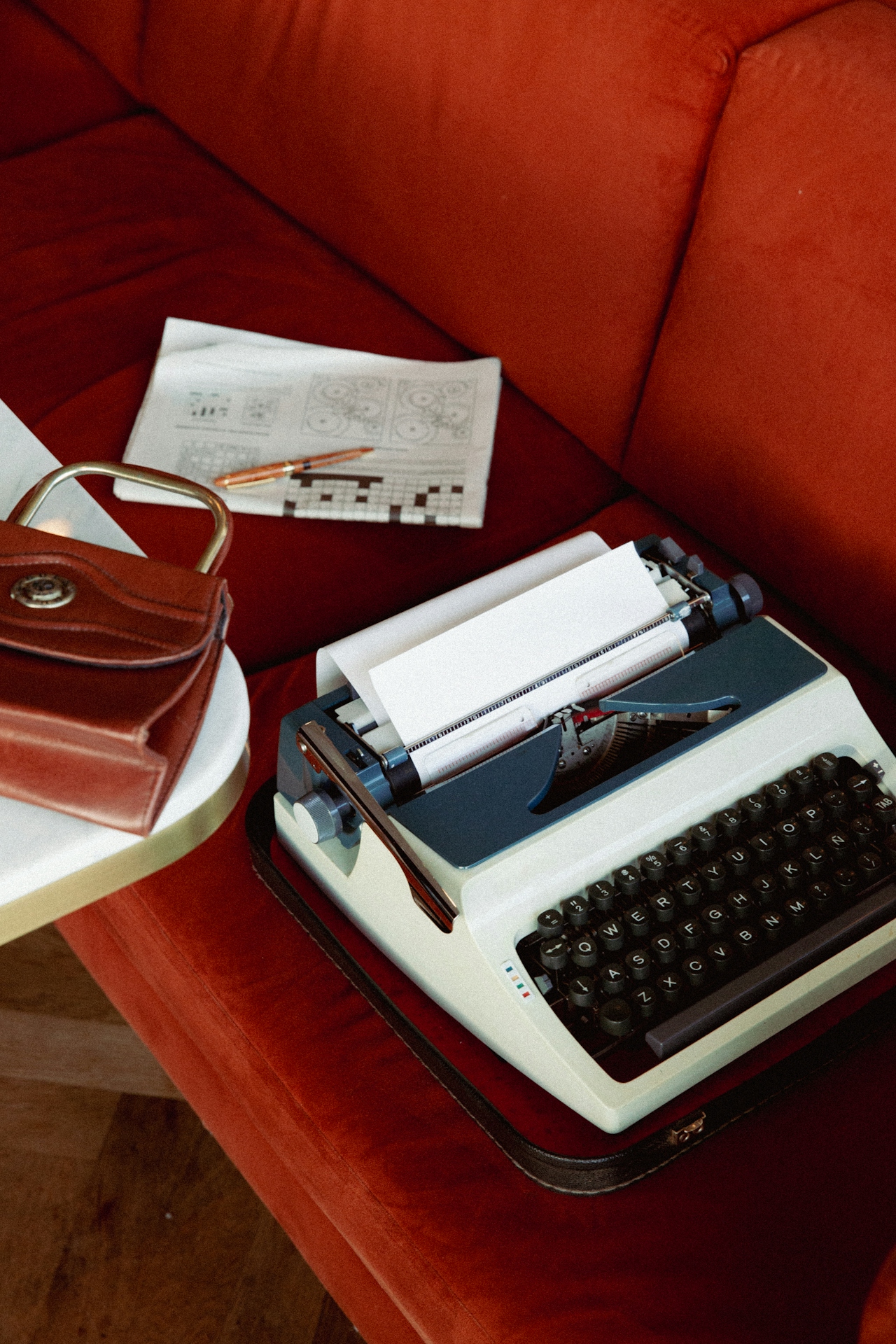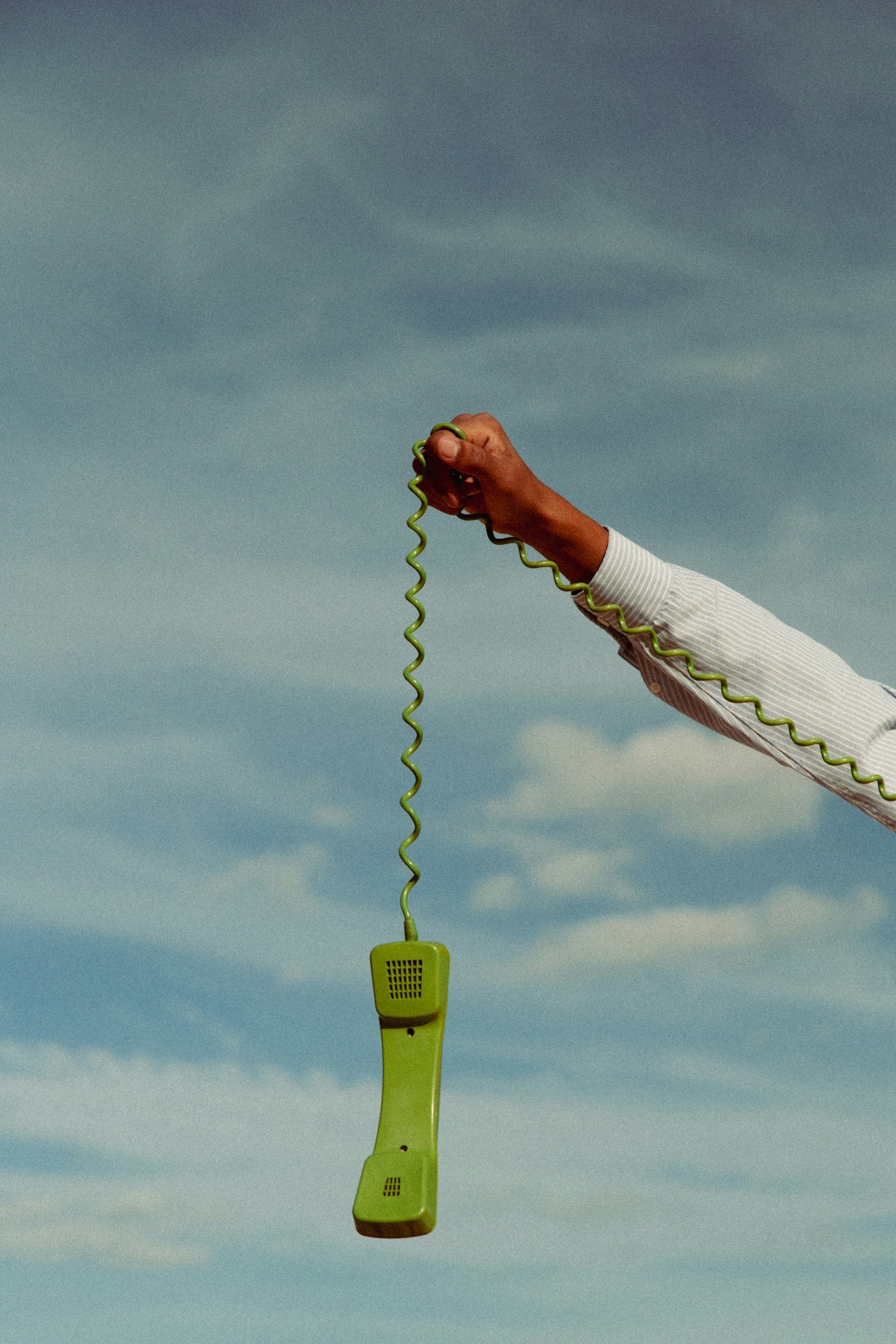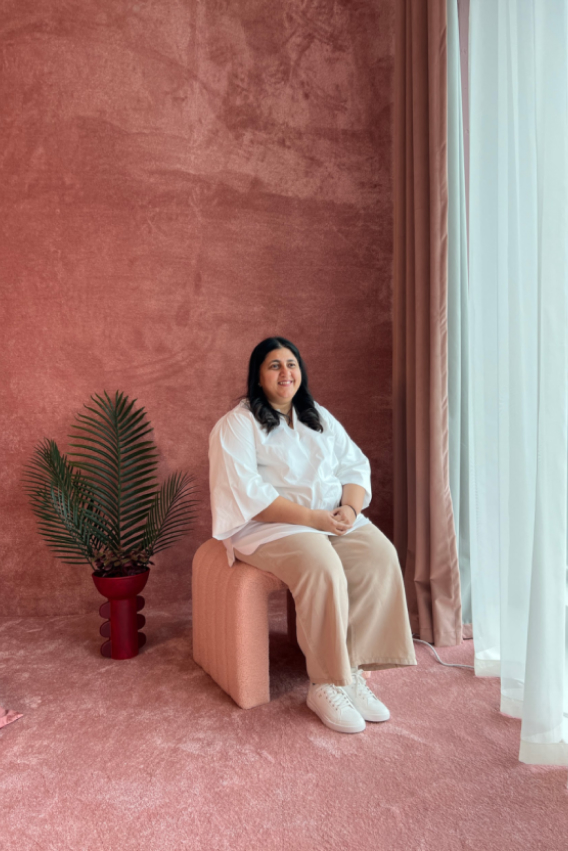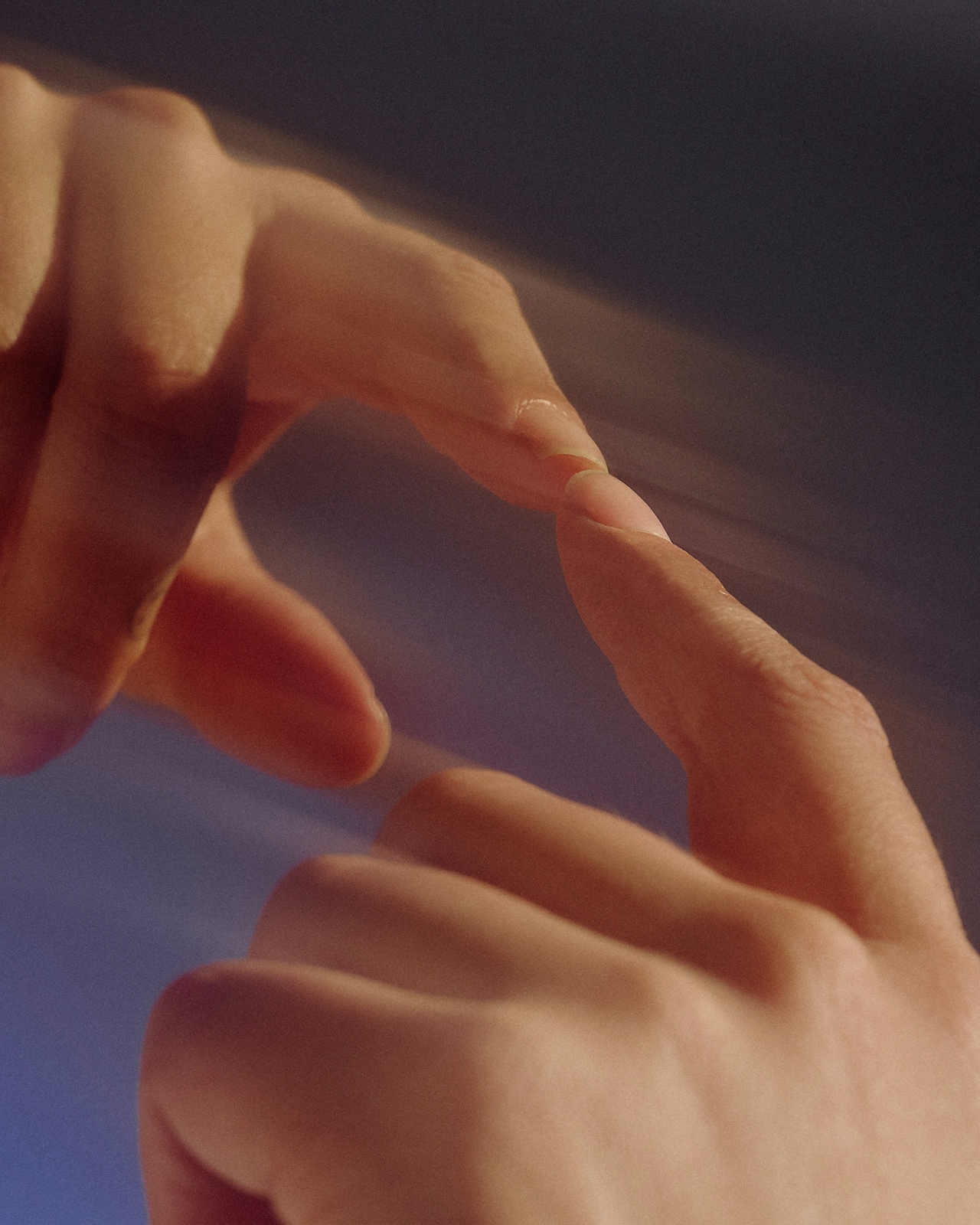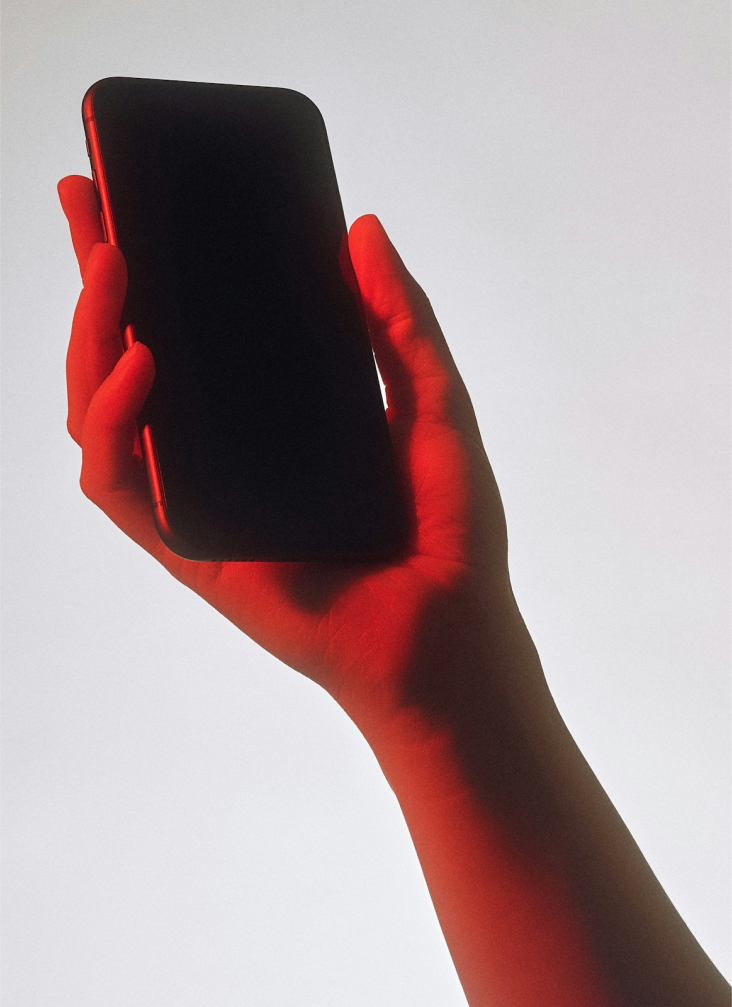Lost in Translation: The Unspoken Power of Language in Art and Culture
Language is more than just a tool for communication—it’s a lens through which we see the world. Every language carries unique words and concepts that reflect the culture it stems from. But when language meets art, the result is something extraordinary: a universal connection that transcends borders and speaks to everyone, no matter their native tongue.
How Untranslatable
Words Shape Creativity
Words Shape Creativity
Some words don’t translate directly into other languages but carry deep cultural meaning. The Japanese word wabi-sabi, for example, conveys the beauty of imperfection and transience, an idea often expressed in Japanese pottery and painting. Similarly, the Arabic word ya’aburnee expresses a profound longing to outlive a loved one because life wouldn’t be the same without them.
When these words inspire art, they become even more powerful. Calligraphy, for instance, turns words into visual masterpieces, conveying their emotional essence even to those who don’t understand the language.
The Universal Language of Art
While language can sometimes divide us, art acts as a bridge. A Sufi song, an abstract painting, or an intricate sculpture can communicate emotions and stories without needing words. The Middle East is a prime example of this, with its rich tradition of calligraphy and storytelling. From the poetic verses of Rumi to the intricate patterns of Islamic art, the region’s creative expressions transcend linguistic barriers.
In today’s globalized world, art continues to evolve, merging languages and cultures into something entirely new. Digital typography, for example, reimagines traditional calligraphy for modern audiences, creating a dialogue between past and present.
Let’s uncover the beauty of language and art—because sometimes, the unspoken speaks loudest.
